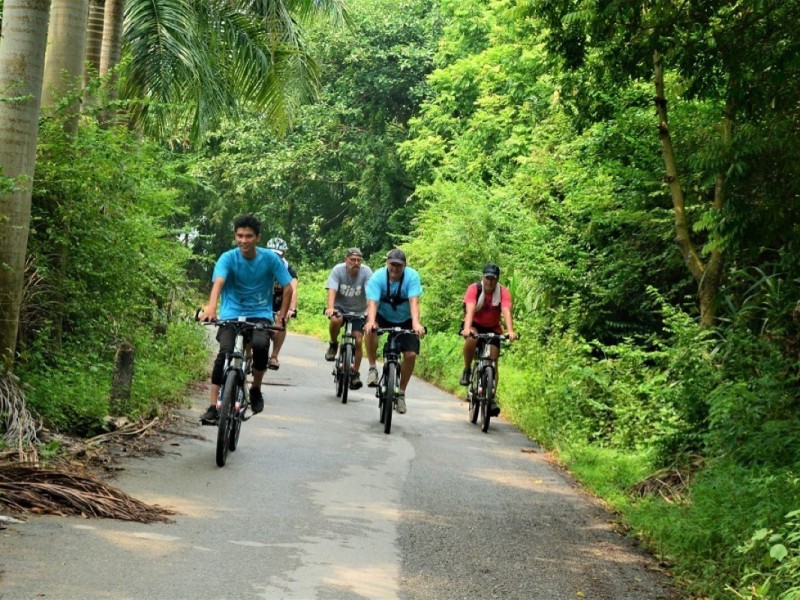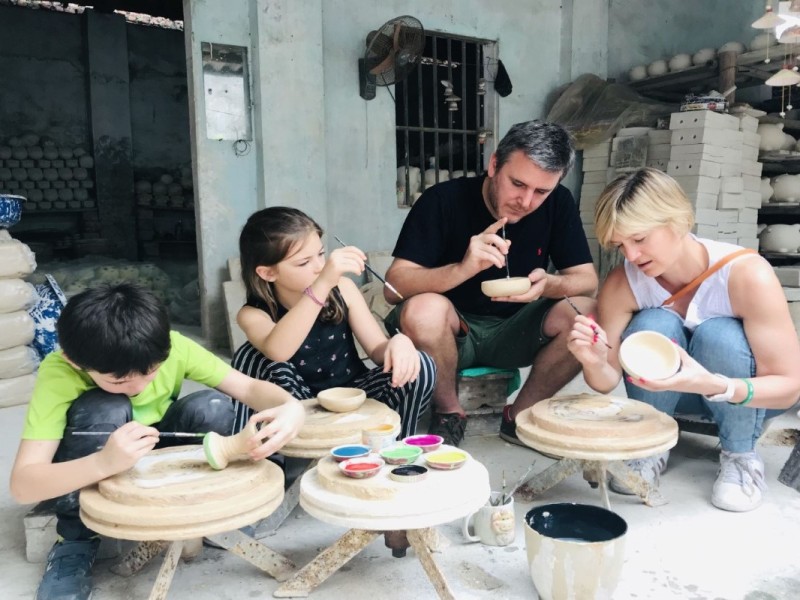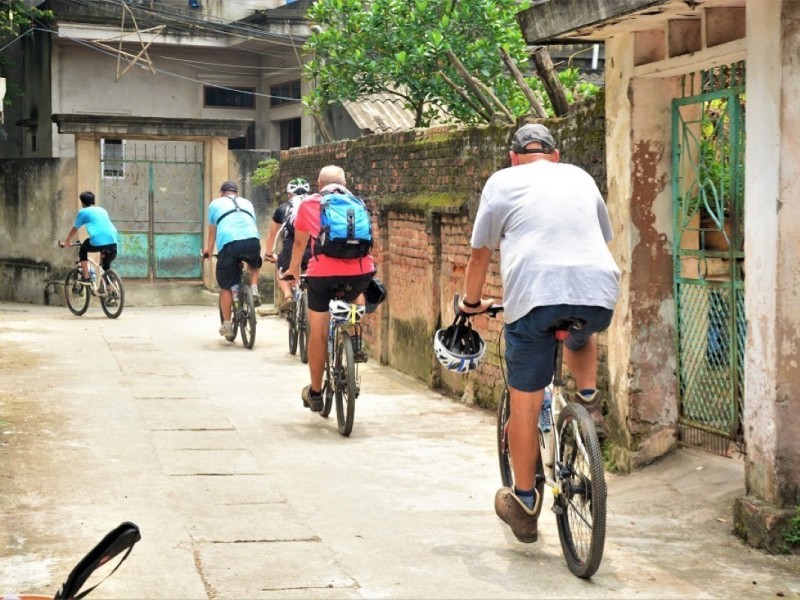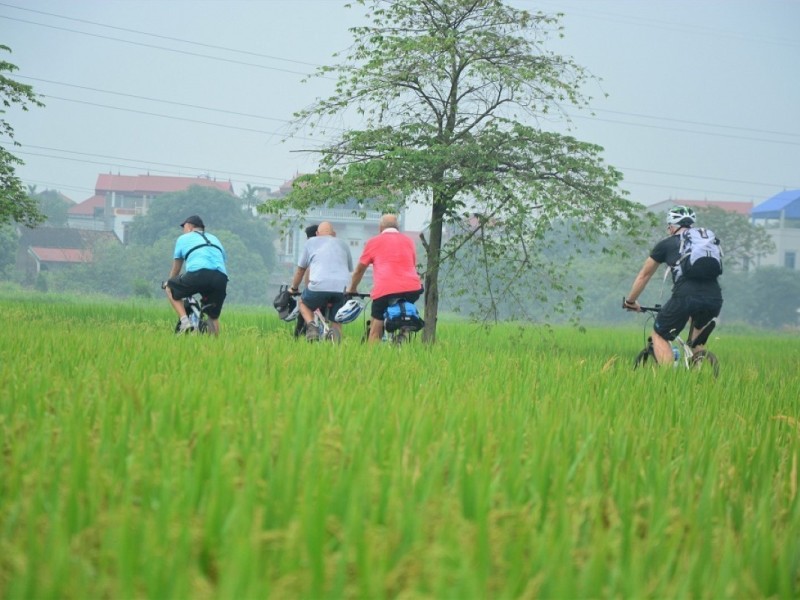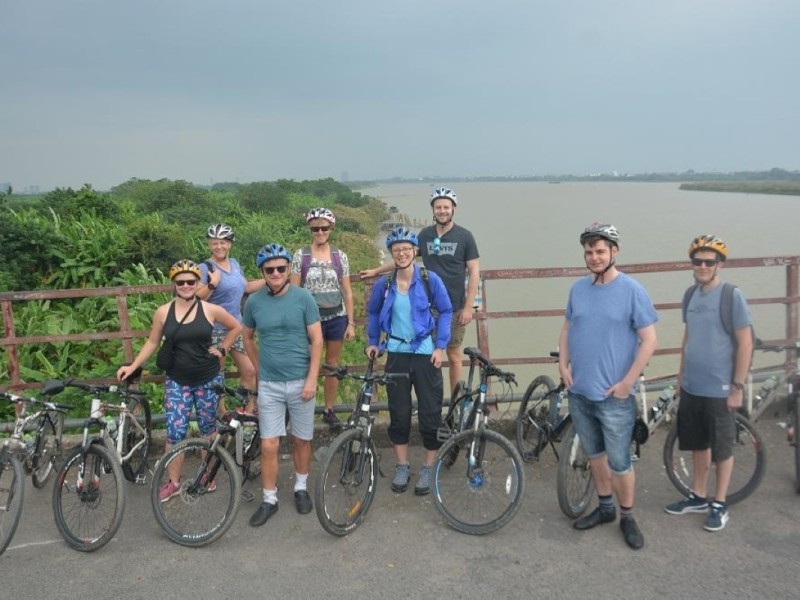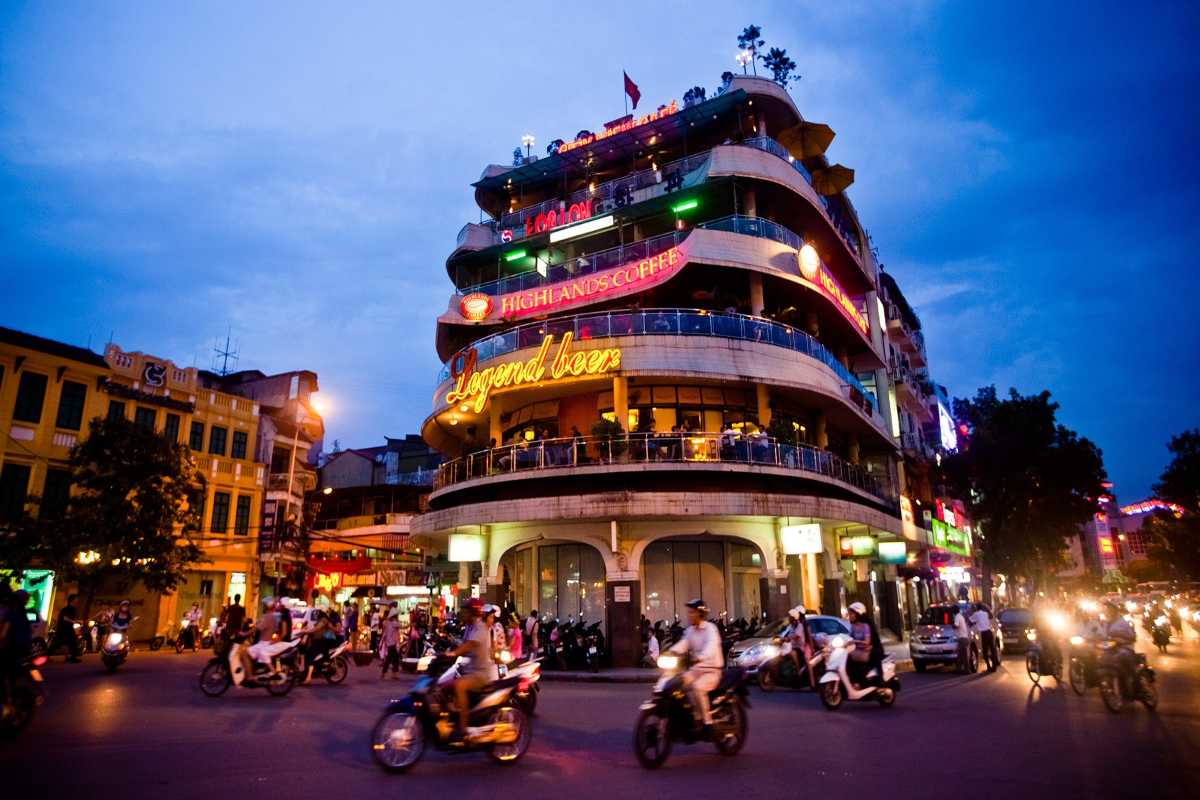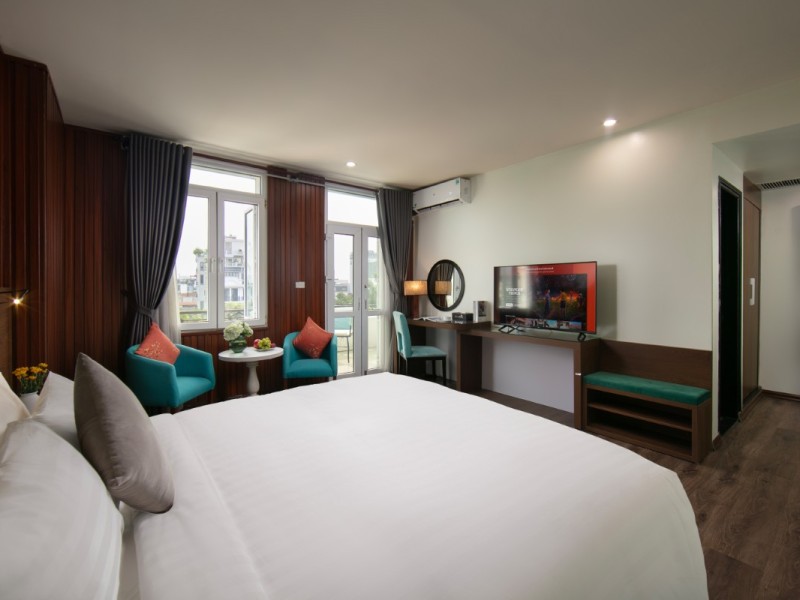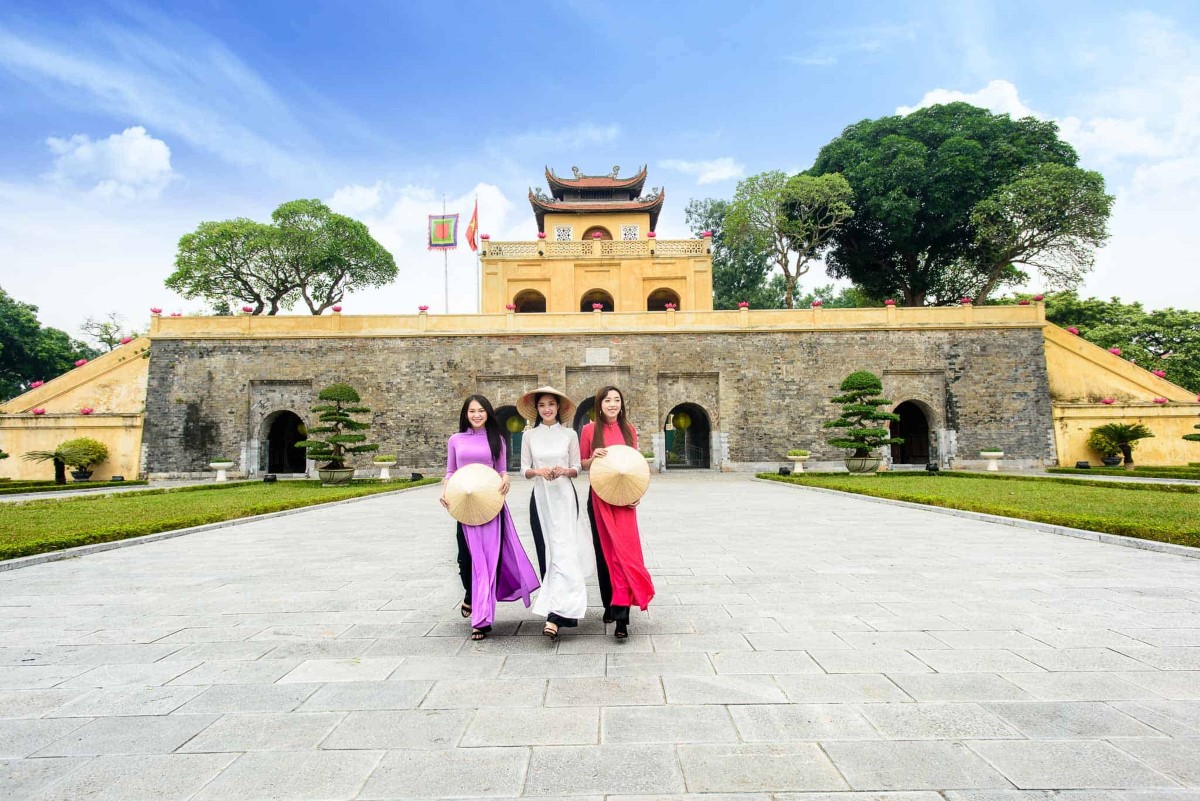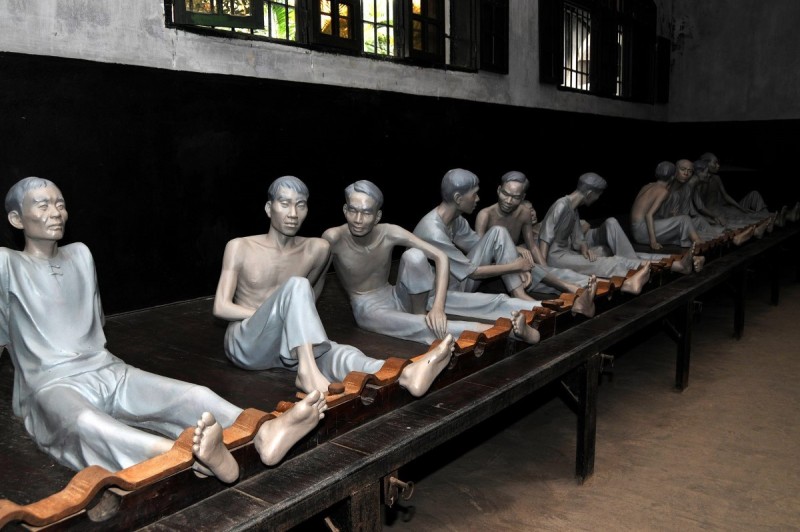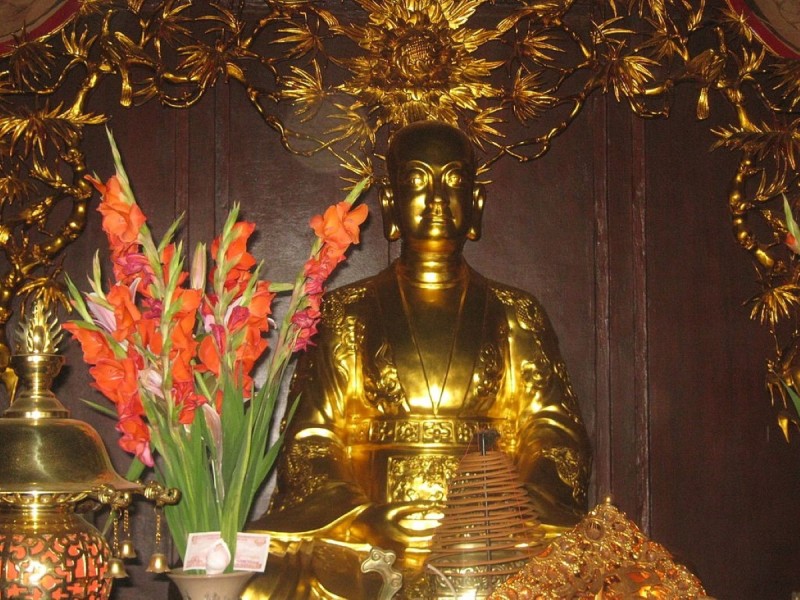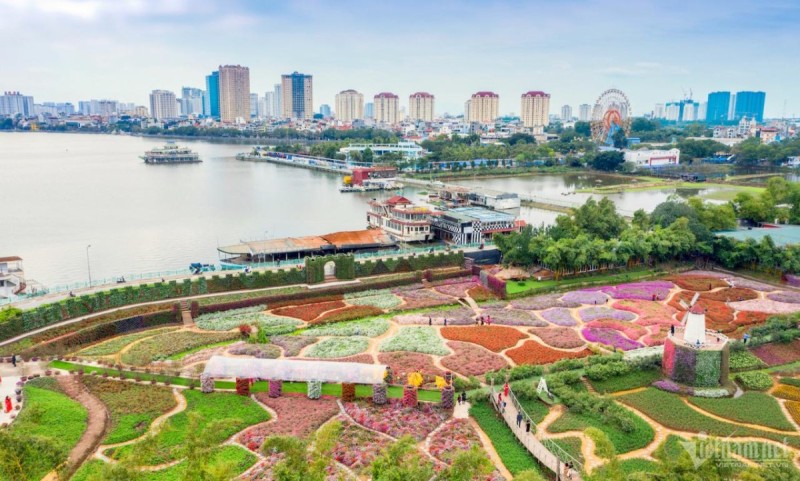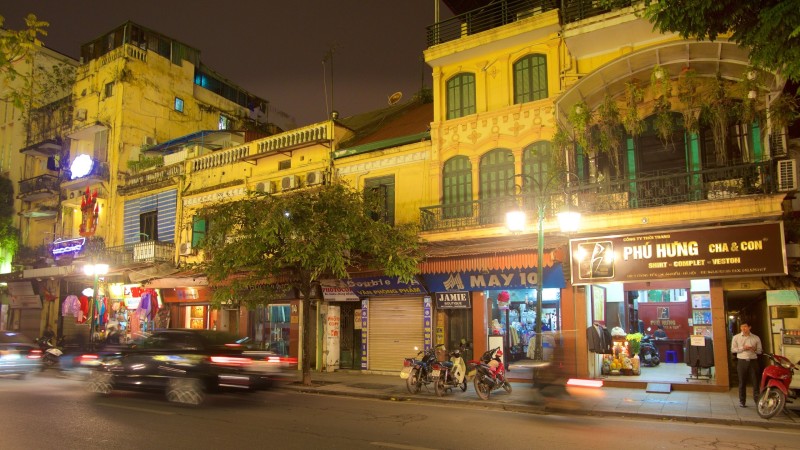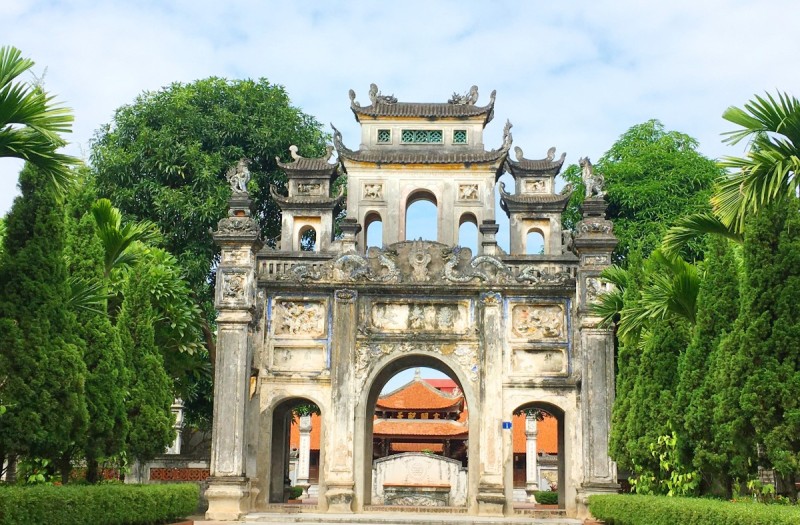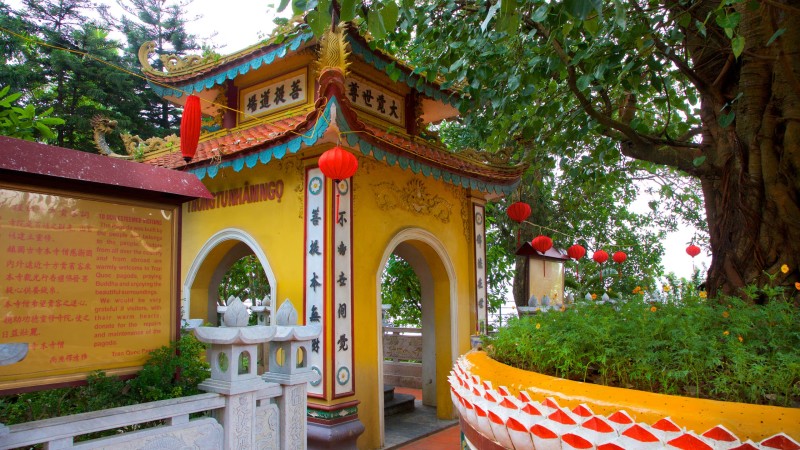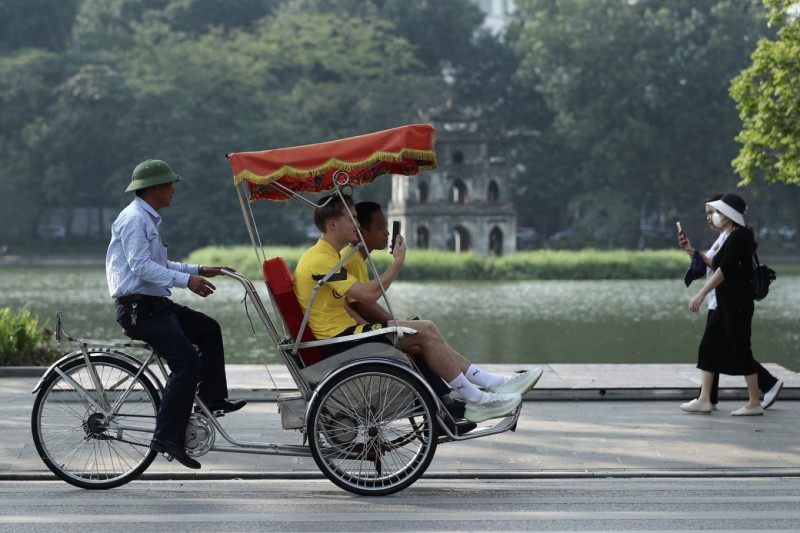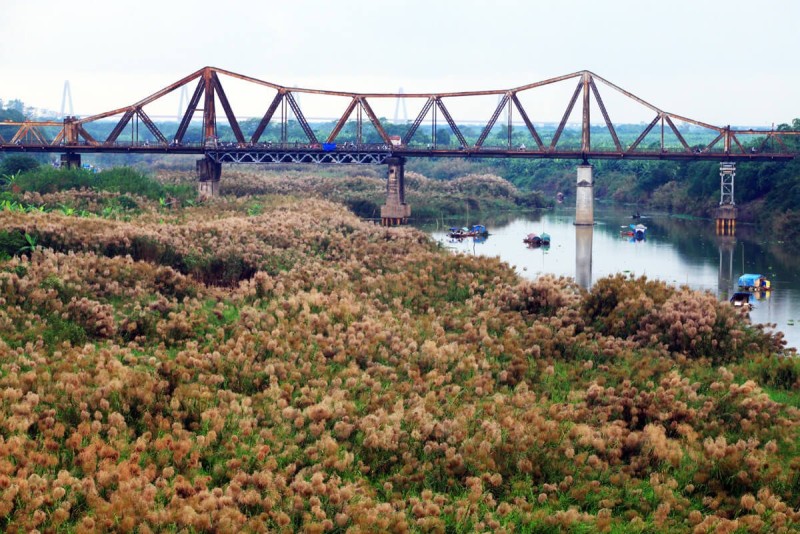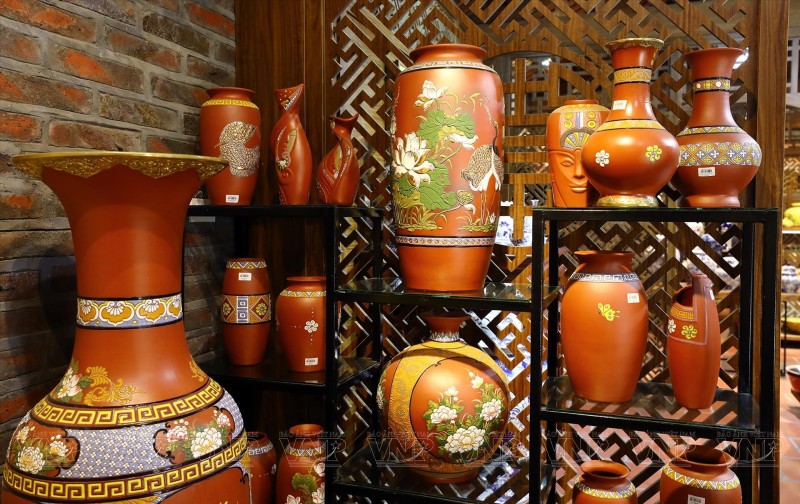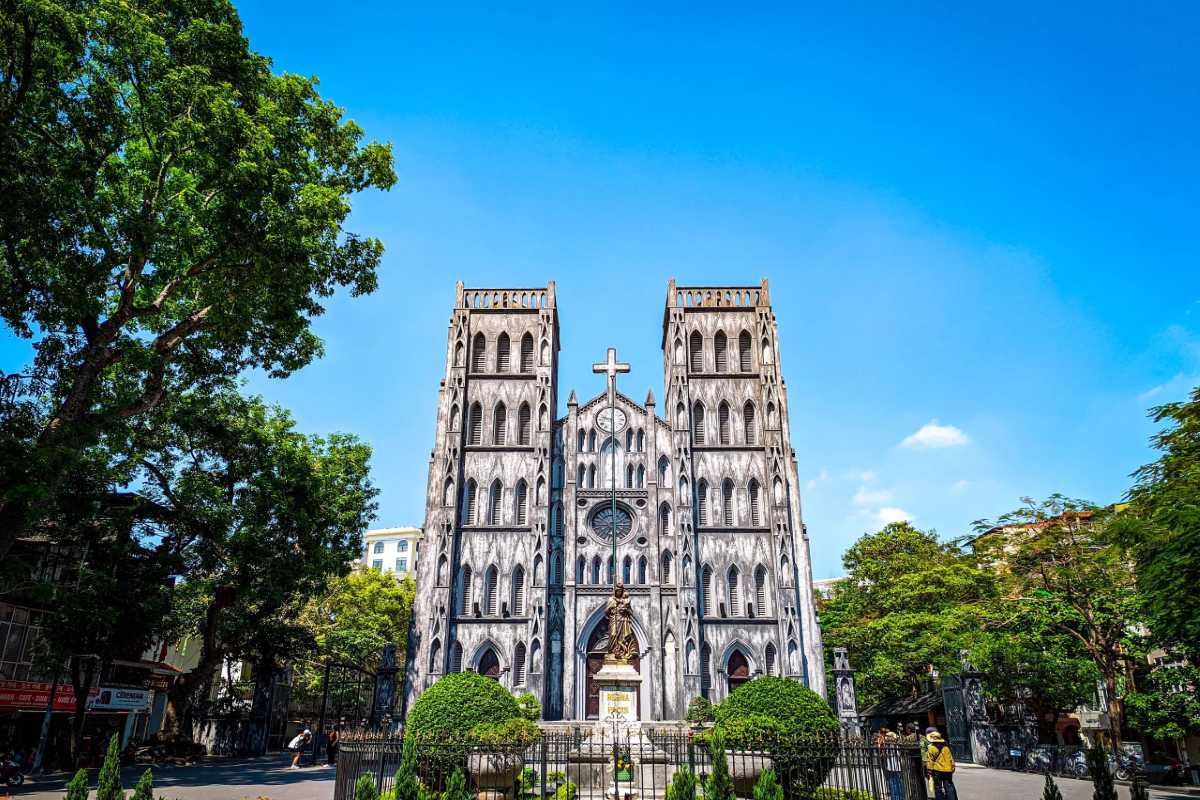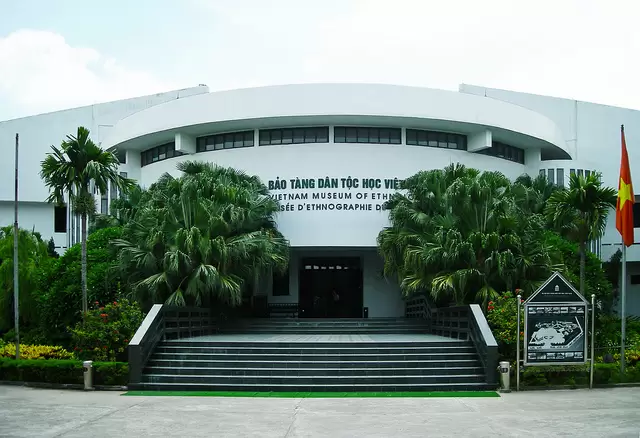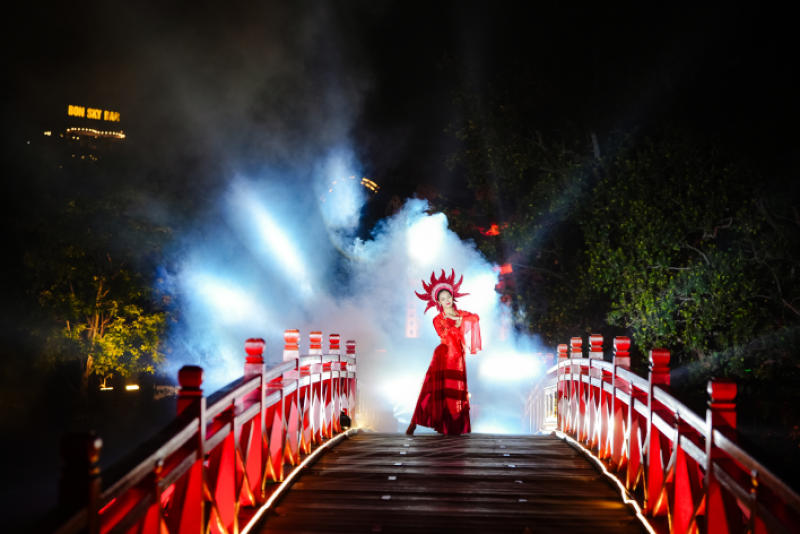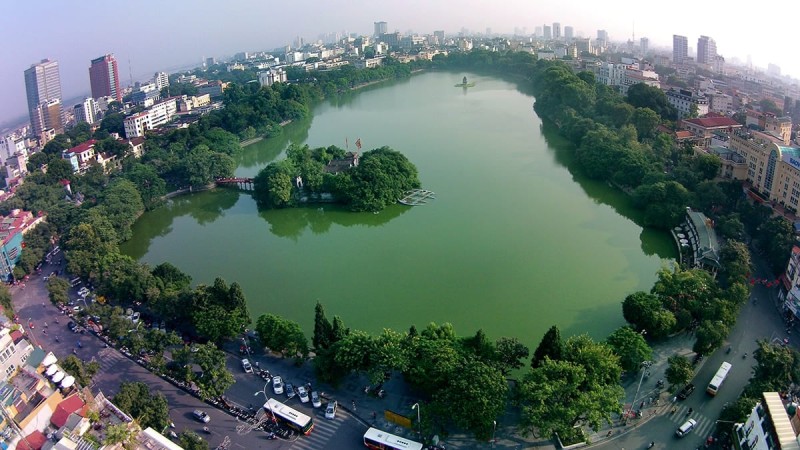Quan Thanh Temple Hanoi: History, Visitor Guide & Things to Do
Quan Thanh Temple in Hanoi is a historic Taoist temple known for its large bronze statue of Tran Vu, the Northern Guardian deity. Visitors can explore its intricate architecture, traditional rituals, and vibrant festivals, all set near scenic West Lake. The temple offers a unique cultural experience in Vietnam’s capital city.
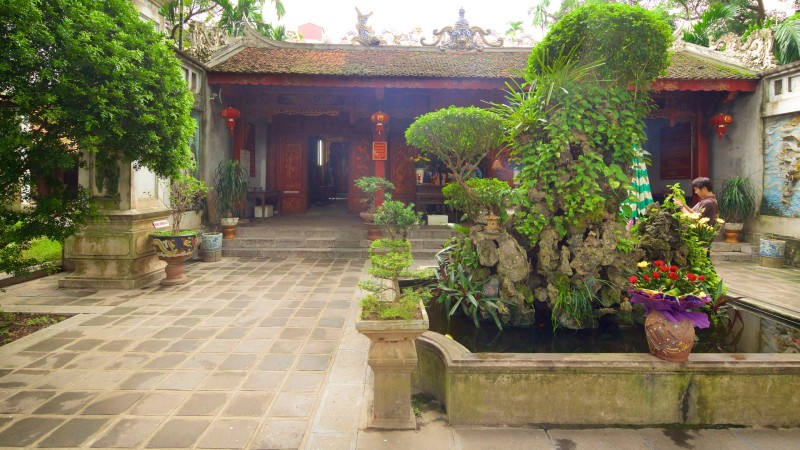
Introduction to Quan Thanh Temple
Quan Thanh Temple is one of the oldest and most revered Taoist temples in Hanoi. Nestled near the scenic West Lake, this temple serves as a vital spiritual landmark that reflects centuries of Vietnamese religious history and architectural artistry. Its rich cultural significance and serene atmosphere make it a must-visit destination for travelers interested in exploring Hanoi’s heritage. Exploring Quan Thanh Temple offers a glimpse into traditional Taoist practices and Vietnam’s dynastic past, framed by beautiful natural surroundings. Plan your visit to Quan Thanh Temple to experience a unique blend of history, spirituality, and culture in the heart of Hanoi.
Discover more about the fascinating features and the cultural importance of Quan Thanh Temple in the following sections.
Visit Quan Thanh Temple to connect with authentic Vietnamese spirituality and heritage during your trip to Hanoi.
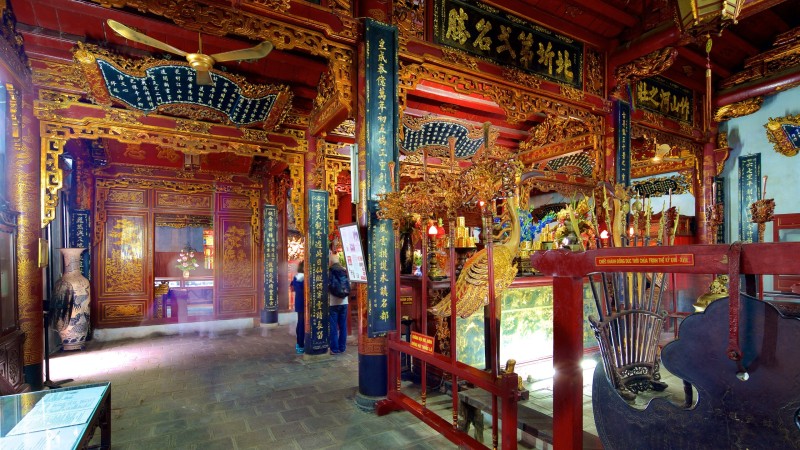
Overview of the Temple
The Quan Thanh Temple stands as a striking example of traditional Vietnamese temple architecture, dating back to the 11th century during the Ly Dynasty. It is renowned for its expansive courtyard, serene garden spaces, and the majestic main shrine dedicated to Tran Vu, the Northern Guardian deity. Visitors are drawn to the temple’s beautifully preserved wooden structures, intricate roof designs, and the large bronze statue that dominates the main hall. The temple complex also features smaller altars and detailed carvings that reflect Vietnamese craftsmanship and religious symbolism.
When you visit Quan Thanh Temple, you can expect a peaceful environment where the blend of historical architecture and spiritual ambiance invites reflection and respect. The temple's location near West Lake makes it easily accessible and a perfect stop for cultural sightseeing in Hanoi.
Take time to explore the serene grounds of Quan Thanh Temple and appreciate the artistry that has been preserved for nearly a millennium.
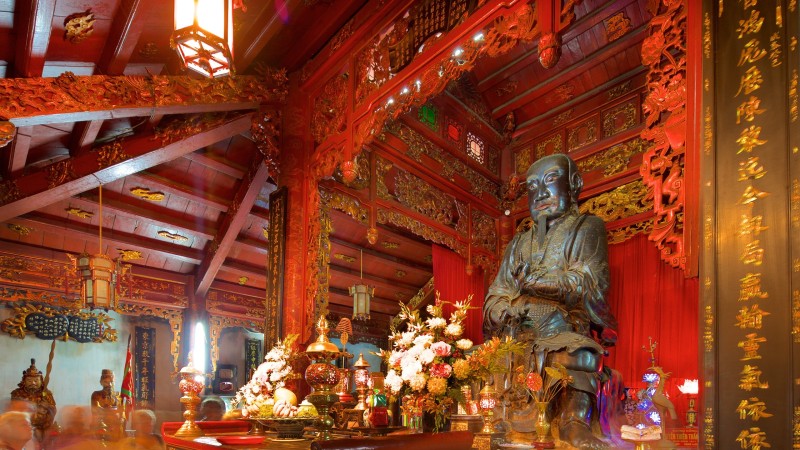
Significance in Hanoi’s Cultural and Religious Landscape
Quan Thanh Temple holds a prominent place in Hanoi’s religious and cultural landscape. As one of the four major ancient temples protecting the city, it plays a crucial role in local Taoist worship and traditional ceremonies. The temple is dedicated to Tran Vu, revered as the guardian of the North, symbolizing protection and spiritual guidance for the people of Hanoi. Over centuries, it has been a center for both religious practice and community gatherings, especially during festivals such as the temple’s annual celebration on the 1st day of the 3rd lunar month.
The temple’s religious significance is enhanced by its representation of Taoism intertwined with Vietnamese folk beliefs, showcasing the syncretic nature of spiritual practices in the region. Its preservation also reflects the broader cultural heritage of Hanoi, where ancient traditions coexist with the modern cityscape.
Understanding the spiritual and cultural importance of Quan Thanh Temple enriches your visit and deepens appreciation for Hanoi’s living heritage.
Plan your visit during a festival to experience the vibrant religious traditions at Quan Thanh Temple firsthand.
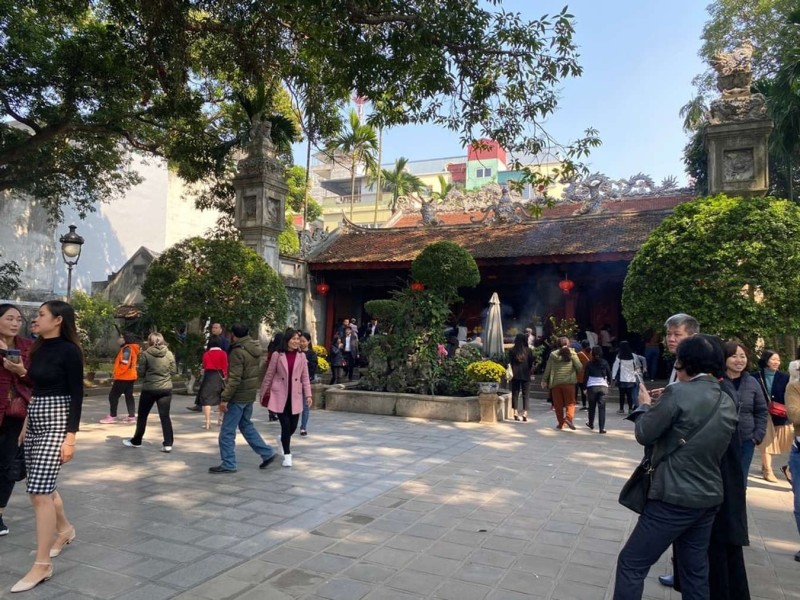
Unique Features and Highlights of the Temple
Among the many aspects that make Quan Thanh Temple special is its large bronze statue of Tran Vu, which stands nearly four meters tall and is one of the finest examples of bronze craftsmanship in Vietnam. The temple also features intricate woodwork, traditional carvings, and carefully preserved murals that narrate spiritual stories and historical events. Visitors often admire the temple’s harmonious blend of architecture and natural surroundings, which include peaceful gardens and lotus ponds.
The temple hosts various cultural festivals and religious ceremonies, offering visitors a chance to witness authentic Taoist rituals and community celebrations. The annual temple festival draws locals and tourists alike, creating an immersive cultural experience framed by traditional music, dance, and offerings.
When visiting Quan Thanh Temple, take time to observe the artistic details and participate respectfully in the cultural traditions that have shaped this sacred place.
Discover the unique charm of Quan Thanh Temple and its role as a guardian of Hanoi’s spiritual and cultural identity.
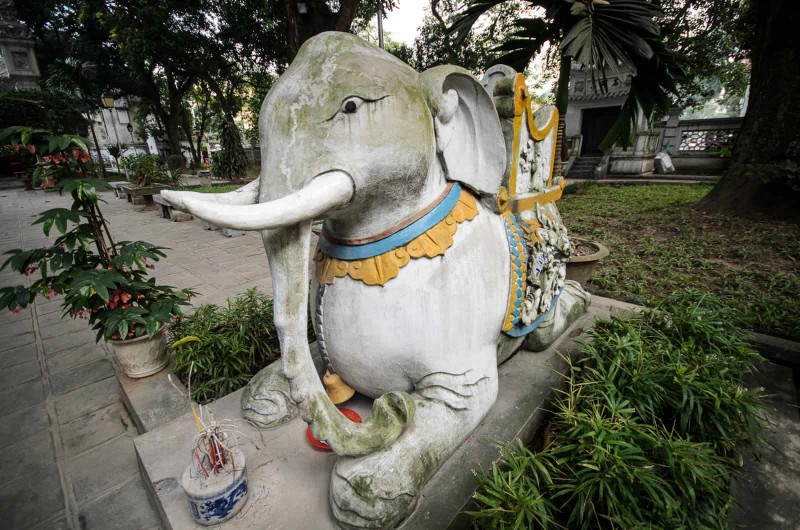
Historical Background of Quan Thanh Temple
Quan Thanh Temple is one of Hanoi’s oldest religious sites, dating back to the Ly Dynasty in the 11th century. Established as a spiritual stronghold, the temple reflects the rich heritage of Vietnamese temple architecture and religious practices. Its historical evolution showcases the blending of Taoism and local beliefs, making it a vital part of the city’s cultural fabric. Over centuries, the temple has witnessed numerous restorations to preserve its original grandeur and spiritual significance. Understanding the deep historical roots of Quan Thanh Temple enriches your visit and connects you to Vietnam’s ancient traditions.
Explore the fascinating past of Quan Thanh Temple to appreciate its place in Hanoi’s spiritual and architectural history.
Plan your visit to Quan Thanh Temple with an awareness of its profound historical importance.
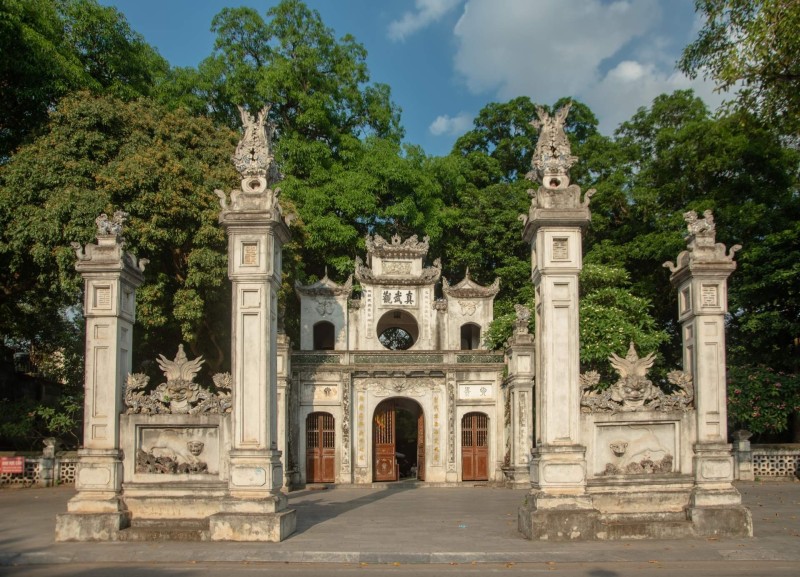
Founding and Origins During the Ly Dynasty
The founding of Quan Thanh Temple dates back to the early Ly Dynasty, a period marked by political consolidation and religious flourishing in Vietnam. Built as a temple dedicated to Tran Vu, the Northern Guardian deity, it was intended to protect the capital and its people. The temple’s construction reflected the dynasty’s support for Taoism alongside Buddhism, emphasizing spiritual balance. As one of the few surviving structures from this era, it offers insight into 11th-century religious architecture and statecraft.
Visiting the Quan Thanh Temple allows you to witness the legacy of the Ly Dynasty and its influence on Vietnamese culture.
Gain a deeper understanding of the temple’s origins during your exploration of this historic site.
Historical Context of 11th Century Vietnam
The 11th century in Vietnam was a time of state formation under the Ly Dynasty, which encouraged religious plurality including the rise of Taoism and Buddhism. This period saw the establishment of many temples and religious sites as centers of spiritual and political influence. The coexistence of these faiths shaped the cultural landscape of Hanoi, providing a backdrop for the founding of Quan Thanh Temple.
This context highlights the environment in which the temple was born, enriching your appreciation of its significance.
Role of Tran Vu, the Deity of the North
Tran Vu, revered as the guardian of the North, is the central deity worshipped at Quan Thanh Temple. Symbolizing protection and strength, Tran Vu is a key figure in Taoist belief and Vietnamese spiritual syncretism. The temple’s dedication to this deity reflects its role as a spiritual protector of Hanoi. Worship practices honoring Tran Vu involve rituals and festivals that continue to attract devotees and visitors alike.
Understanding the role of Tran Vu adds depth to your visit and connection with the temple’s spiritual heritage.
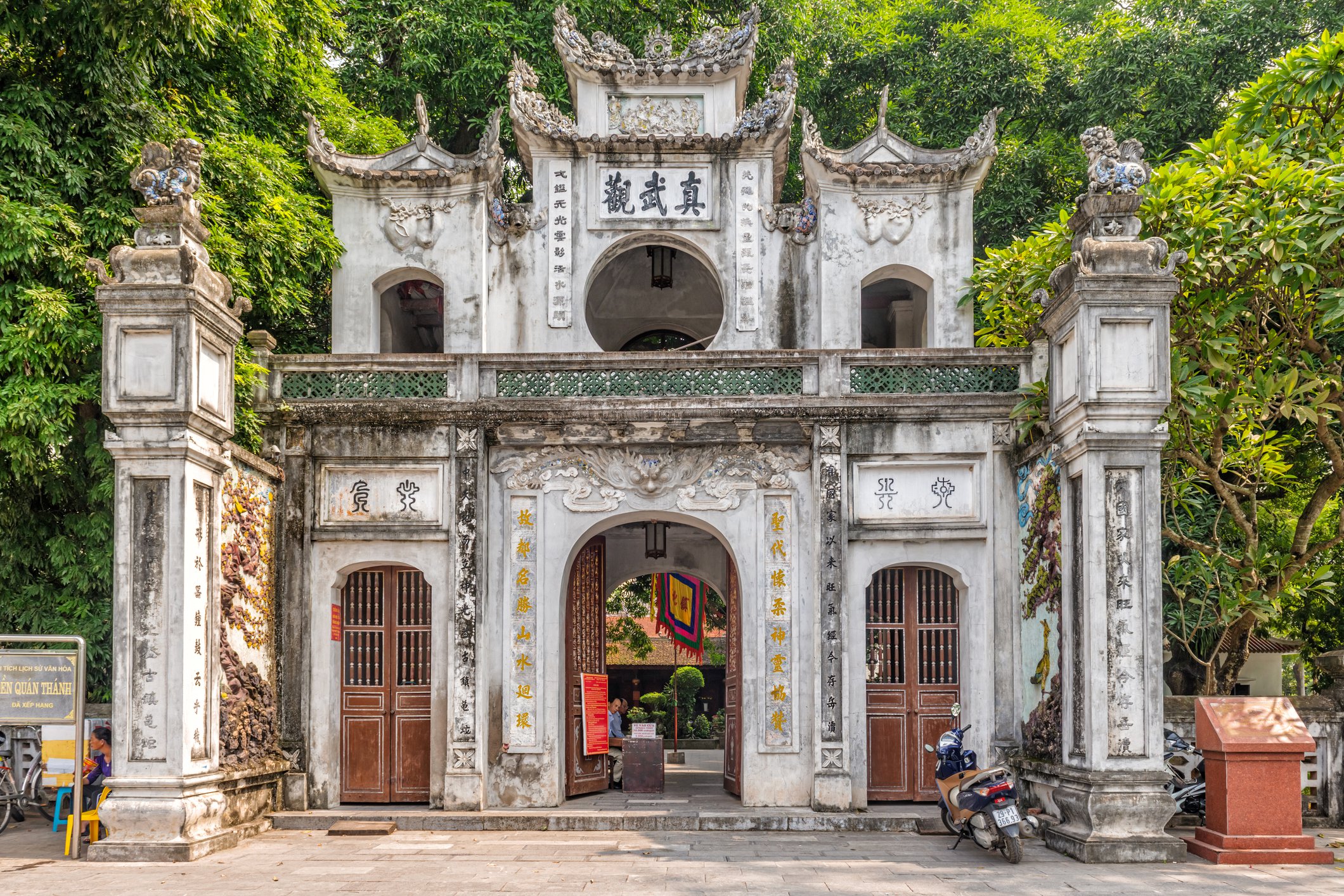
Architectural Evolution and Restorations Over Centuries
The architecture of Quan Thanh Temple has evolved significantly since its founding, reflecting various periods of Vietnamese history and artistic influence. Originally constructed during the Ly Dynasty, the temple showcases traditional Vietnamese design characterized by wooden structures, tiled roofs, and intricate carvings. Over the centuries, it has undergone multiple restoration projects to preserve its cultural and historical integrity, especially after periods of war and natural wear. These restorations have carefully maintained the temple's original style while reinforcing its structural stability, ensuring that visitors today can appreciate both its ancient craftsmanship and ongoing preservation efforts.
Exploring the architectural evolution of Quan Thanh Temple offers a window into Vietnam’s dedication to cultural heritage conservation.
Plan your visit to experience the timeless beauty preserved through meticulous restoration of Quan Thanh Temple.
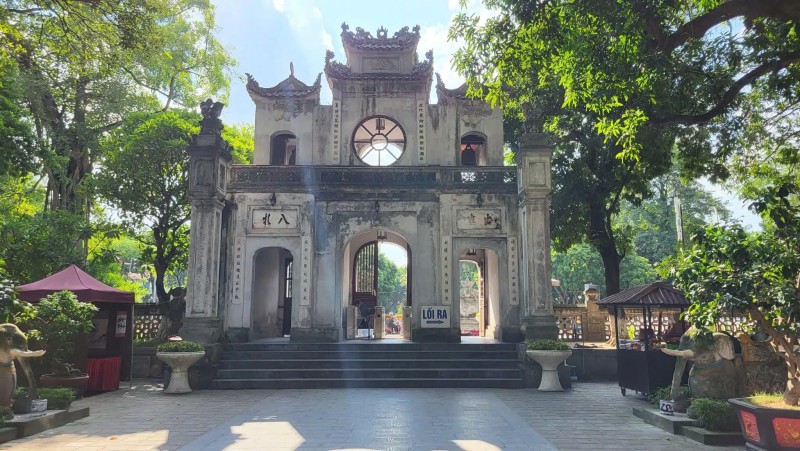
Cultural and Religious Importance Through History
Quan Thanh Temple has long stood as a beacon of spiritual and cultural life in Hanoi. It serves not only as a religious site dedicated to Tran Vu but also as a cultural hub where traditional worship practices and community rituals continue to thrive. The temple hosts several important festivals throughout the year, particularly those aligned with the lunar calendar, drawing locals and visitors to partake in ceremonies rich with history and meaning. These activities underscore the temple’s role in sustaining Vietnamese spiritual heritage and fostering a sense of communal identity within the city.
Understanding the temple’s cultural and religious significance deepens appreciation for its ongoing role in Hanoi’s vibrant traditions.
Include Quan Thanh Temple in your itinerary to experience its profound spiritual and communal atmosphere firsthand.
Taoism Influence in Hanoi
Taoism in Hanoi has historically shaped the city’s religious and cultural landscape, with Quan Thanh Temple standing as a prime example of this influence. The temple reflects the principles of Taoist philosophy through its architecture, rituals, and spiritual focus. Alongside Buddhism and folk beliefs, Taoism contributes to the rich tapestry of religious practices observed by locals. Understanding this influence helps visitors grasp the deeper spiritual context of Quan Thanh Temple and its significance in Hanoi’s diverse religious heritage.
Recognizing the role of Taoism enhances your visit to Quan Thanh Temple, offering insight into its spiritual foundation.
Temple’s Role in Local Worship and Festivals
Quan Thanh Temple remains a vibrant center for worship and community festivals, preserving traditions that date back centuries. Local devotees participate in rituals and ceremonies, particularly during key lunar calendar events, which are marked by offerings, music, and prayer. These festivals not only maintain religious continuity but also foster communal bonds among participants. Visitors are often welcomed to observe or respectfully join these events, providing a rare chance to experience authentic Vietnamese cultural and spiritual life in an active setting.
Participate in or witness the lively festivals at Quan Thanh Temple to connect with Hanoi’s living religious traditions.
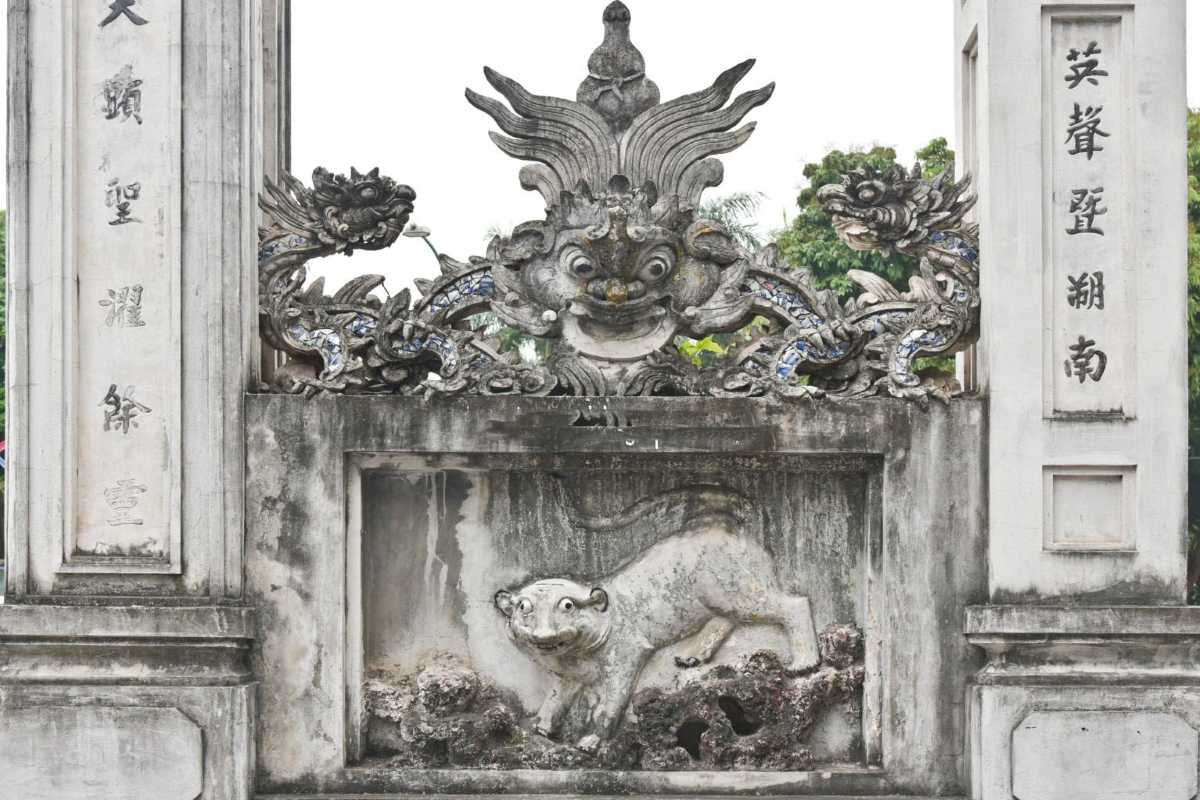
Visitor Information and Practical Details
Quan Thanh Temple is conveniently located in the Ba Dinh District of Hanoi, making it accessible by various modes of transportation. Visitors planning their trip will find clear guidance here on how to reach the temple, its opening hours, entrance fees, and accessibility options. Whether you prefer public transport, taxis, or walking, this section will help you prepare for a smooth and enjoyable visit to one of Hanoi’s cultural gems.
Plan your visit to Quan Thanh Temple with confidence by reviewing the practical details below.
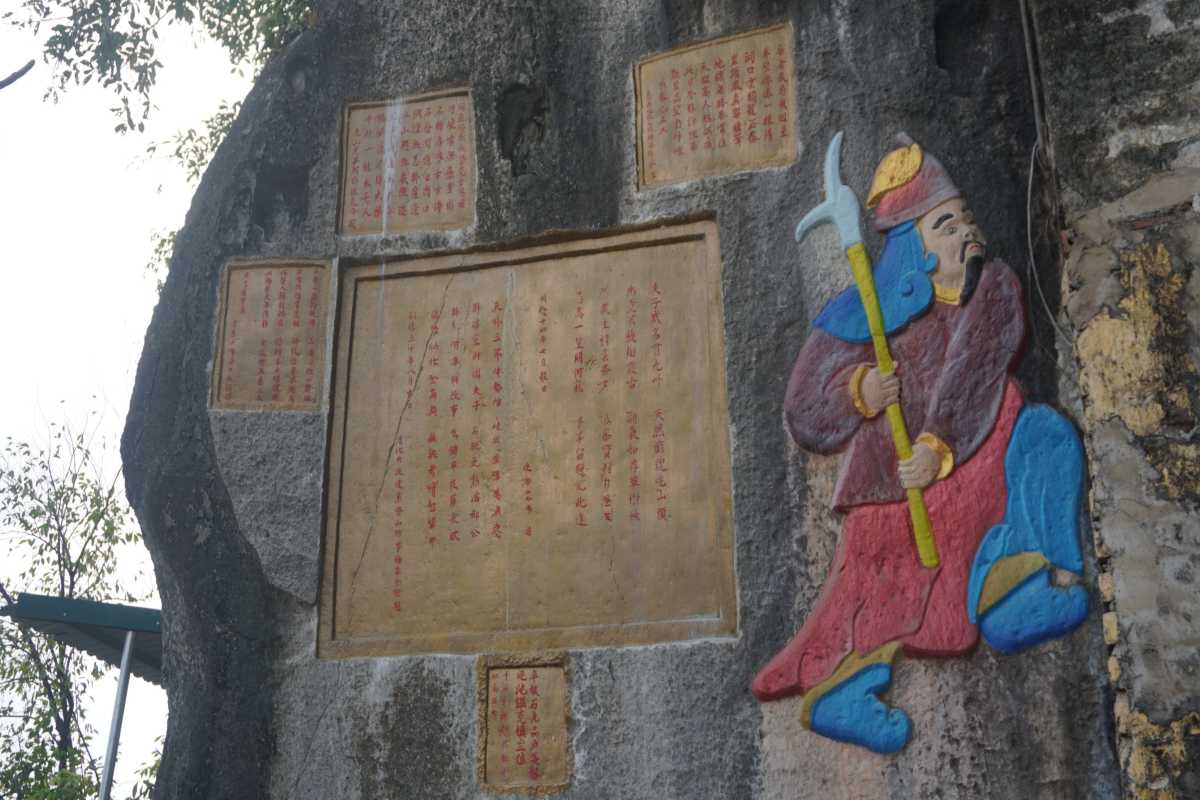
Location and How to Get There
Knowing how to get to Quan Thanh Temple is essential for a hassle-free visit. The temple is situated in the heart of Ba Dinh District, close to West Lake and easily reachable from the city center. You can travel by public bus, taxi, ride-hailing services like Grab, or on foot if you enjoy walking through the nearby scenic areas.
Choosing the best transport option depends on your schedule and preferences, but all offer convenient ways to access the temple.
Consider your arrival route to Quan Thanh Temple when planning your Hanoi itinerary.
Public Transport Options
Public transport offers an affordable and environmentally friendly way to reach Quan Thanh Temple. Several bus routes serve the Ba Dinh District area:
- Bus No. 09: Connects major districts including Hoan Kiem and Ba Dinh
- Bus No. 18: Serves the route along the edge of West Lake, near the temple
- Bus No. 22: Covers central Hanoi and stops within walking distance of the temple
Using public buses can give you a local travel experience while reducing your carbon footprint.
Choose public transport to Quan Thanh Temple for an economical and authentic Hanoi journey.
Taxi, Ride-Hailing, and Walking Routes
If you prefer convenience and flexibility, taxis and ride-hailing services like Grab and Mai Linh are widely available in Hanoi:
- Taxis offer door-to-door service, ideal for groups or when carrying luggage
- Ride-hailing apps provide easy booking and cashless payment options
- Walking routes from nearby neighborhoods offer scenic views, especially around West Lake
Opting for taxis or ride-hailing gives you control over your schedule and comfort.
Consider walking to Quan Thanh Temple if you enjoy exploring Hanoi’s streets and lakeside paths.
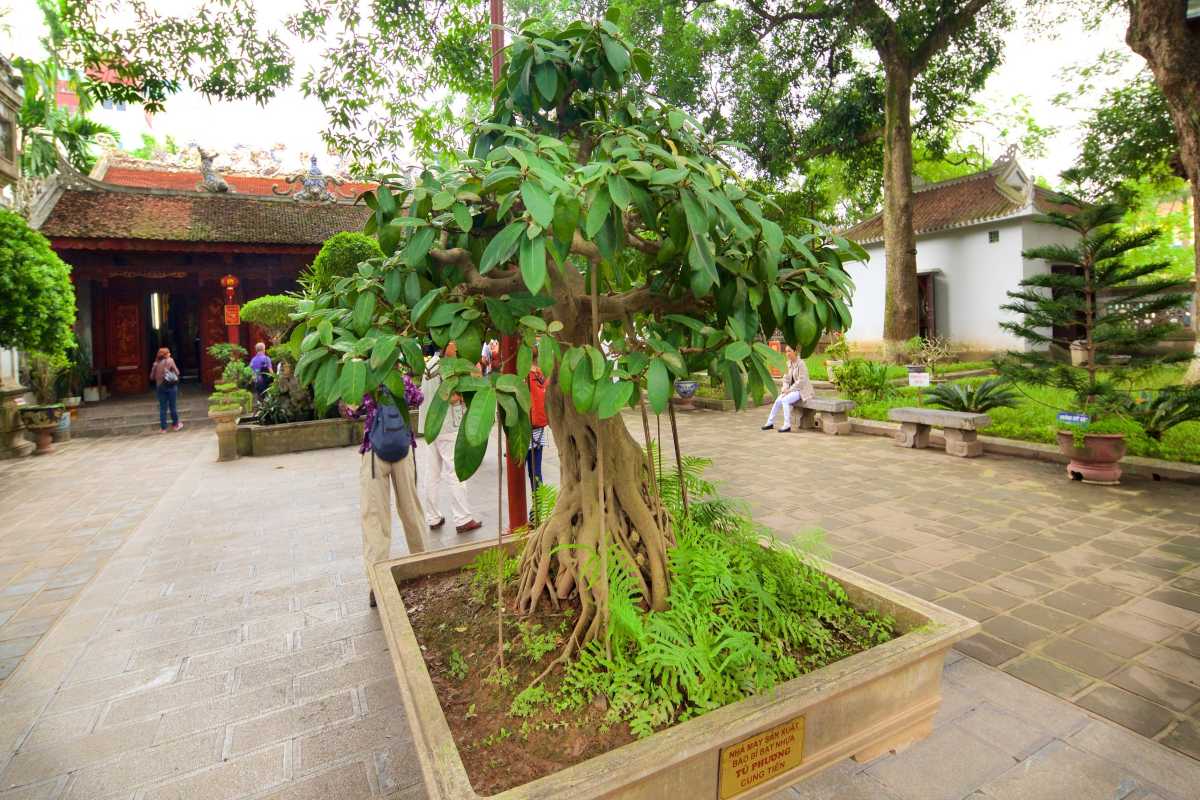
Opening Hours and Best Times to Visit
Quan Thanh Temple is open daily, welcoming visitors typically from early morning until late afternoon. The usual visiting hours are from 8:00 AM to 5:00 PM, allowing ample time to explore the temple grounds and participate in any ongoing ceremonies. The best time to visit is during weekdays and early mornings to avoid crowds, especially outside major Vietnamese holidays and festivals. Visiting during the dry season, from October to April, offers pleasant weather and more comfortable conditions.
Plan your trip to Quan Thanh Temple by considering these opening hours and timing tips for an optimal experience.
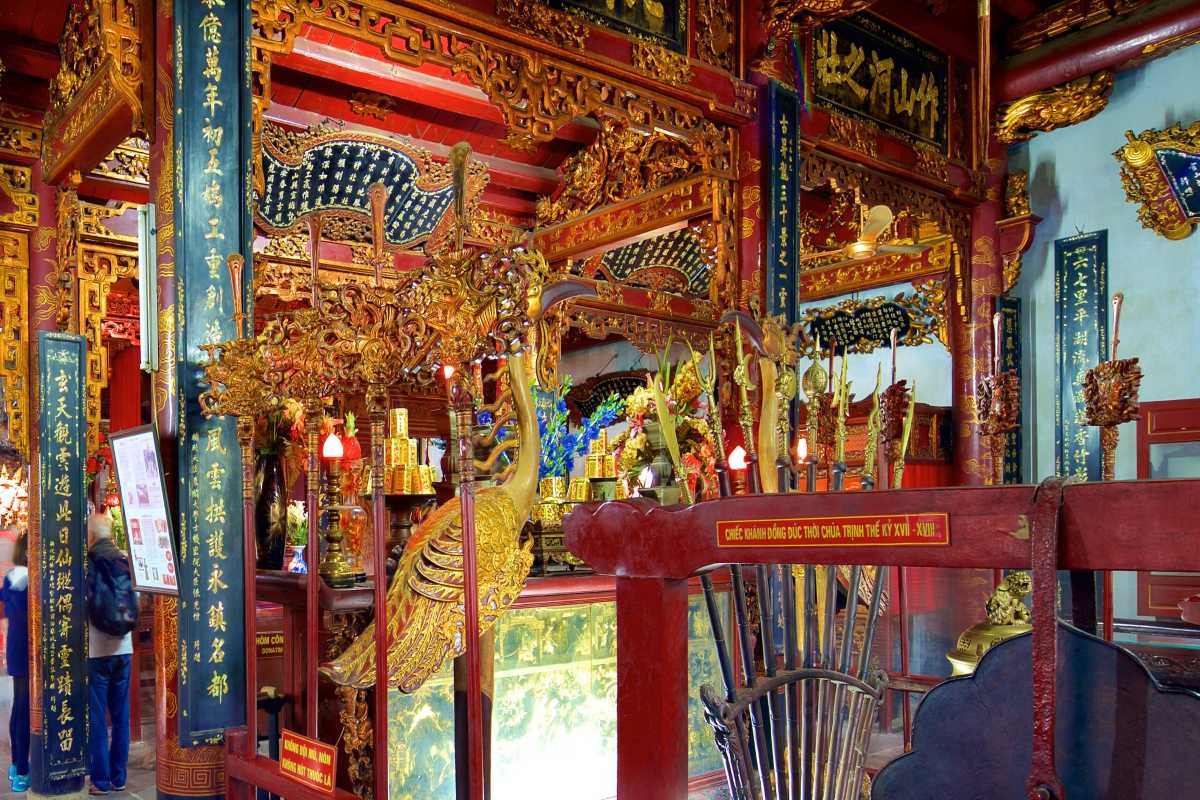
Entrance Fees and Ticketing Information
Visitors to Quan Thanh Temple should expect a modest entrance fee that helps maintain and preserve the temple grounds. Tickets are generally affordable, making the temple accessible to both locals and tourists. Entry fees can usually be paid at the temple entrance, with options for cash transactions. Special discounts may apply for students, seniors, or groups. Advance booking is not required, but checking for any seasonal changes or festival-related surcharges is recommended.
Budget your visit to Quan Thanh Temple with this ticketing information in mind to avoid surprises.
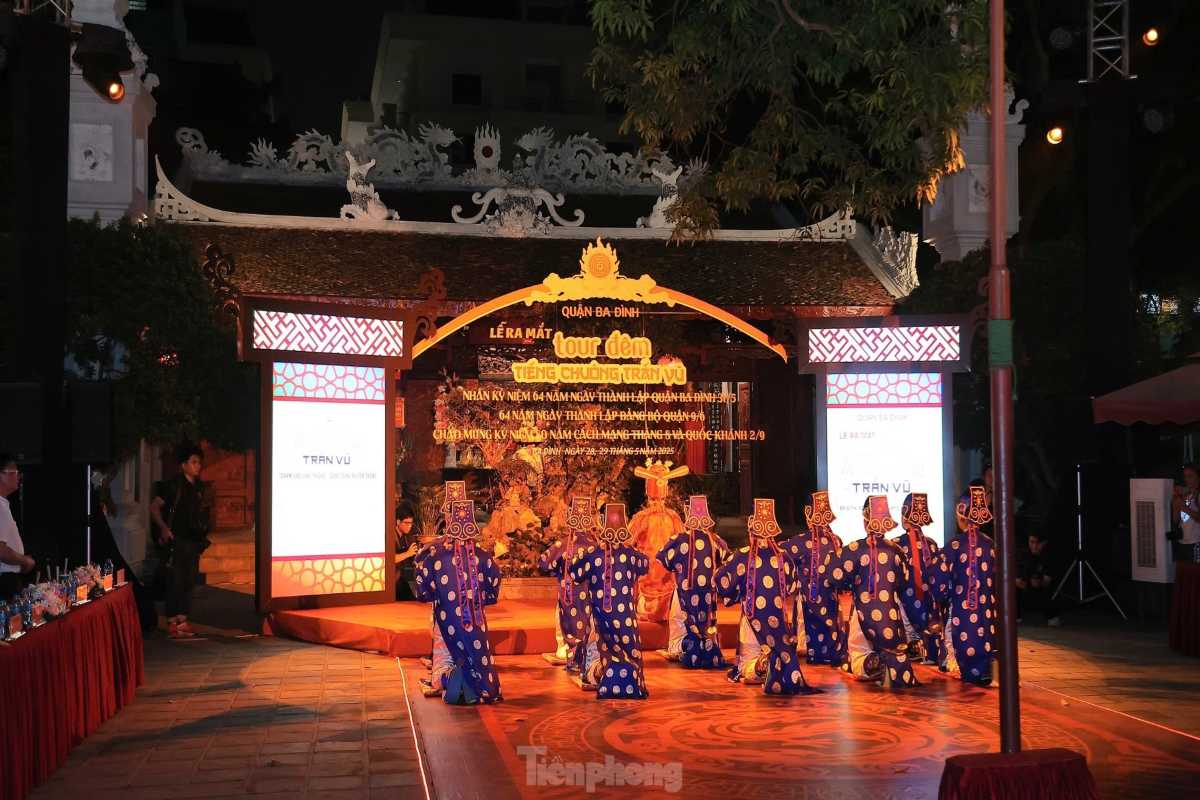
Accessibility for Different Visitor Types
Quan Thanh Temple strives to be welcoming to visitors with various mobility needs. Facilities and services are designed to accommodate people with disabilities, ensuring an inclusive experience. Clear signage, accessible pathways, and seating areas enhance comfort for all guests. Visitors with limited mobility can inquire onsite for additional assistance. Planning ahead can help you navigate the temple grounds with ease.
Learn about the accessibility features at Quan Thanh Temple to make your visit comfortable and enjoyable.
Facilities for People with Disabilities
This section outlines the specific accommodations available at Quan Thanh Temple for visitors with disabilities:
- Wheelchair Access: Ramps and smooth pathways are provided to ensure easy movement
- Rest Areas: Designated seating spots throughout the temple grounds offer places to rest
- Assistance Services: Staff members are available to offer help if needed
These facilities demonstrate the temple’s commitment to accessibility and visitor comfort.
Take advantage of the disability-friendly amenities at Quan Thanh Temple for a stress-free visit.
Visitor Amenities and Services
Visitors to Quan Thanh Temple can expect a range of amenities designed for convenience and comfort:
- Restrooms: Clean and accessible restroom facilities are available onsite
- Seating: Benches and sheltered areas provide comfortable resting spots
- Guides and Information: Availability of local guides and informational signage enhances the visitor experience
- Souvenir Shops: Small shops offer traditional items and keepsakes
These amenities help ensure your visit to Quan Thanh Temple is pleasant and well-supported.
Prepare for your visit with knowledge of these visitor services at Quan Thanh Temple.
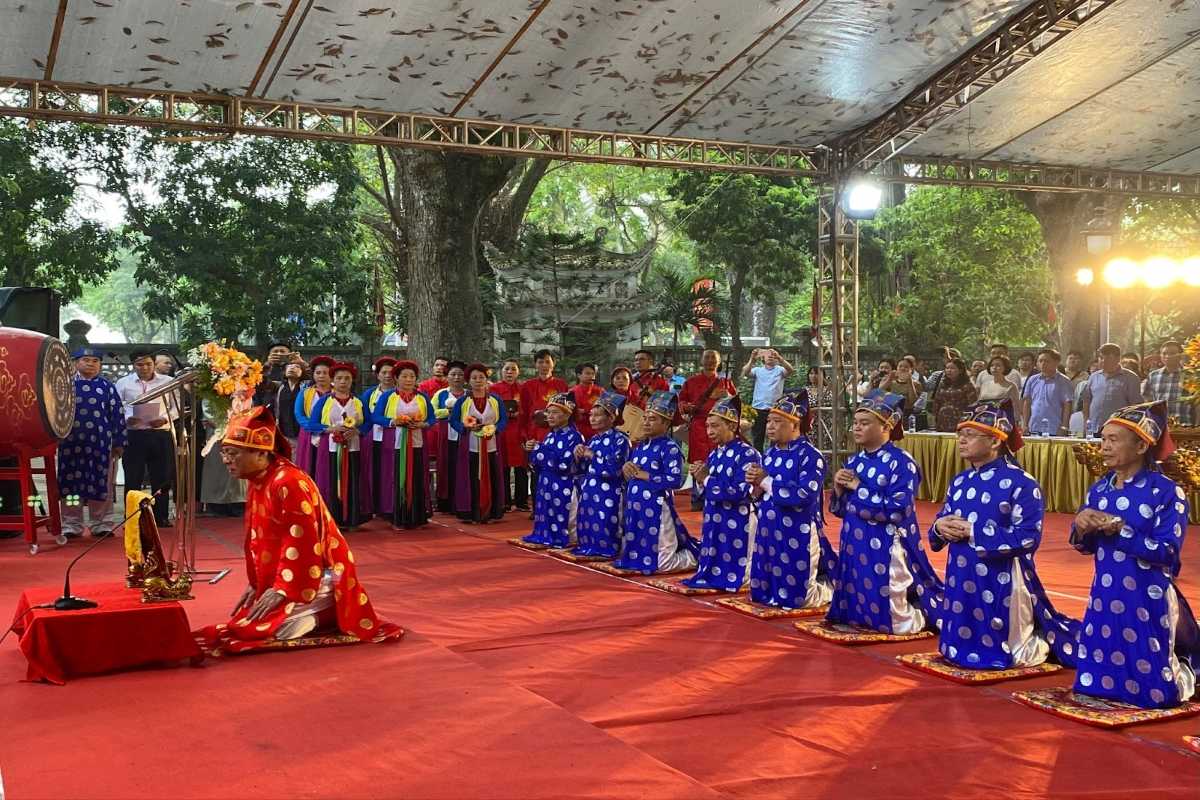
Things to See and Do at Quan Thanh Temple
Quan Thanh Temple offers a rich variety of cultural and visual experiences for visitors. From exploring its historic shrines to witnessing traditional Taoist rituals, there is much to engage with during your visit. This section highlights the temple’s key attractions, including artistic features, religious ceremonies, and annual festivals, helping you plan a meaningful and memorable trip to this important Hanoi landmark.
Discover the unique sights and activities awaiting you at Quan Thanh Temple to enrich your cultural journey.
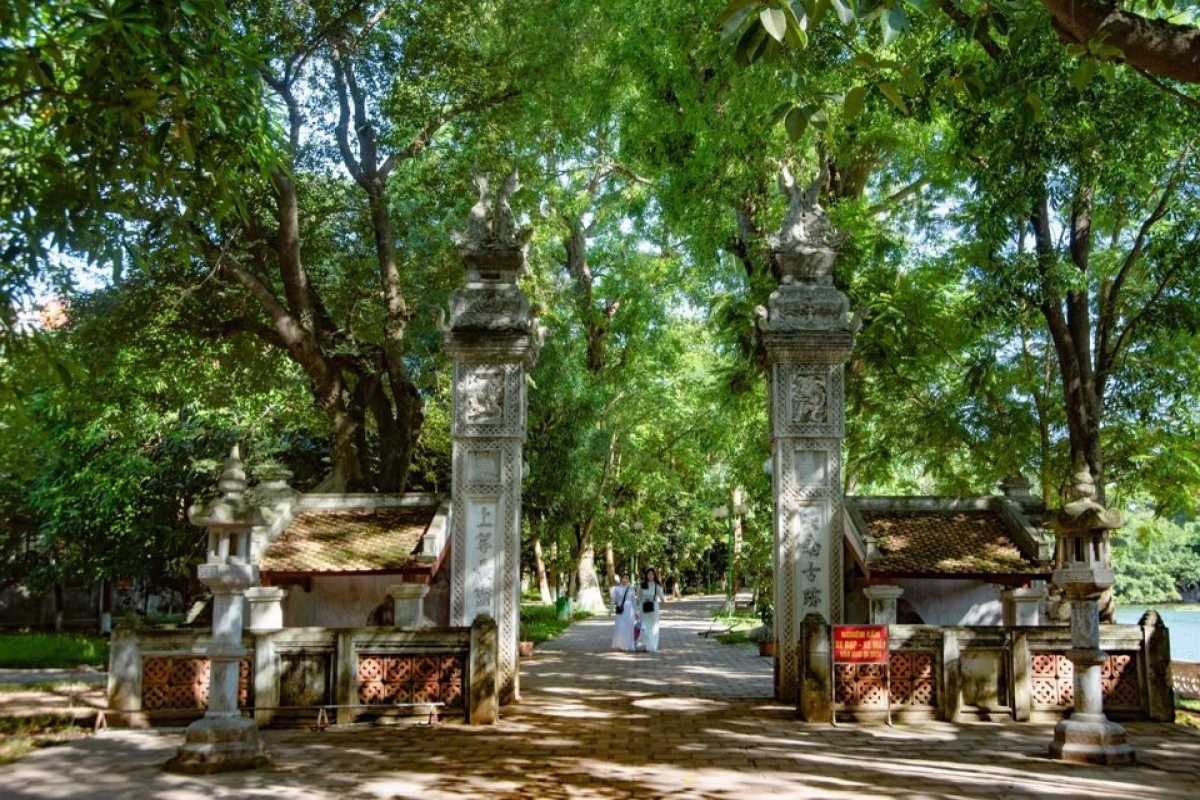
Exploring the Main Shrine and Bronze Statue of Tran Vu
The centerpiece of Quan Thanh Temple is its impressive main shrine, home to a towering bronze statue of Tran Vu, the Northern Guardian deity. This statue, standing nearly four meters tall, is a masterpiece of Vietnamese bronze artistry and holds deep spiritual significance. The shrine’s design and intricate details invite contemplation and respect, offering a powerful glimpse into the temple’s religious heritage.
Visiting the main shrine and observing the bronze statue of Tran Vu are essential parts of the Quan Thanh Temple experience.
Plan your visit to spend time appreciating this iconic feature and its cultural importance.
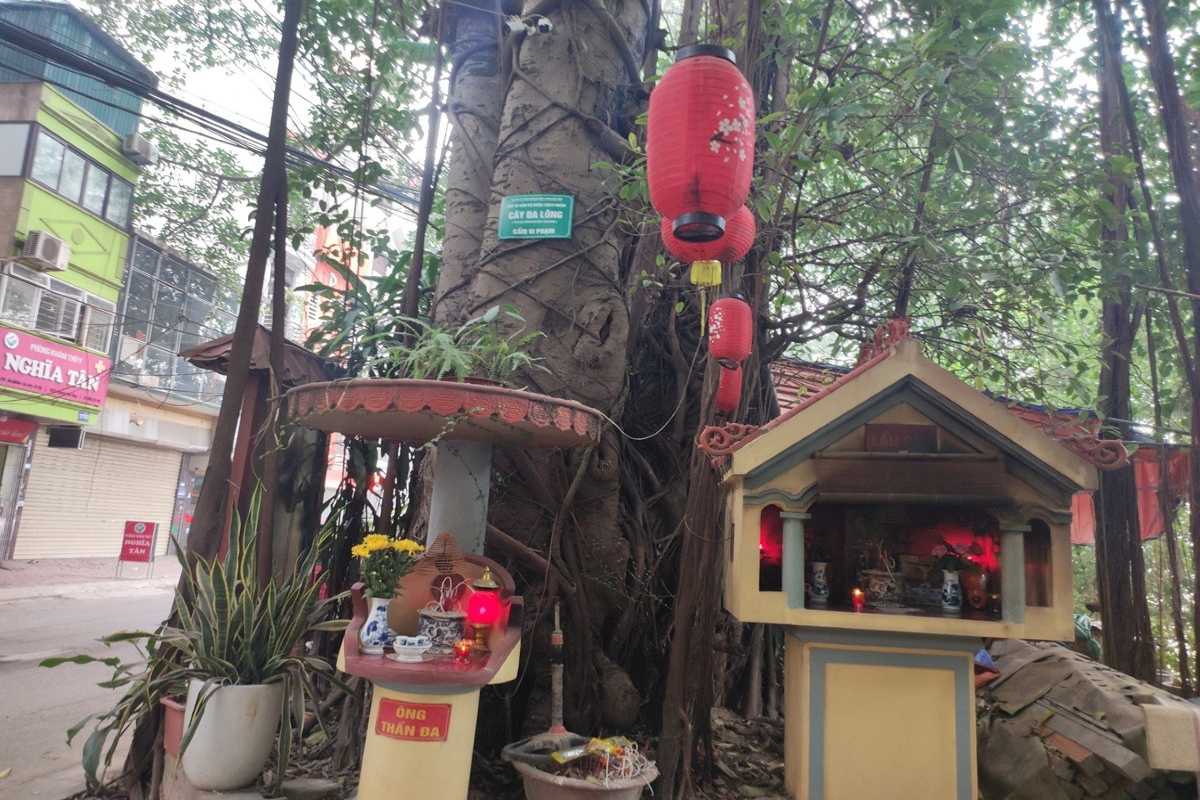
Observing Traditional Taoist Rituals and Worship Practices
Visitors to Quan Thanh Temple can witness authentic Taoist rituals and worship ceremonies that continue to be performed regularly. These include incense offerings, prayer rituals, and traditional chants, reflecting centuries-old spiritual traditions. Participating or observing these rituals provides a deeper understanding of Vietnamese religious culture and the temple’s role as a living place of worship.
Enhance your visit by engaging with the spiritual atmosphere created by the Taoist rituals Quan Thanh Temple.
Respectful observation of these ceremonies enriches your cultural appreciation during your trip.
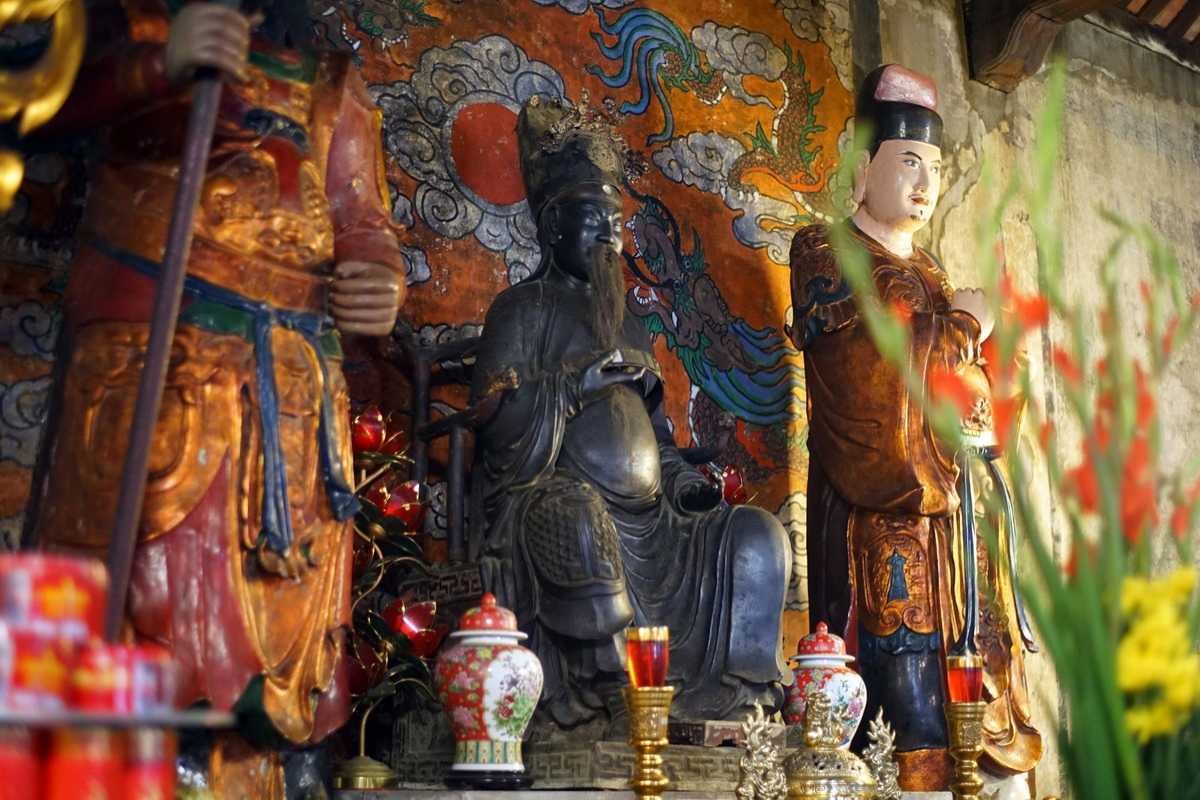
Appreciating the Temple’s Architecture and Artwork
The architecture of Quan Thanh Temple is a testament to traditional Vietnamese craftsmanship. Visitors will notice its elegant rooflines, detailed wood carvings, and carefully preserved murals that depict spiritual and historical themes. The temple’s artwork includes stone and bronze sculptures that complement the wooden elements, creating a harmonious aesthetic that reflects Vietnam’s cultural heritage.
Take time to admire the artistry and architectural features that distinguish Quan Thanh Temple from other religious sites in Hanoi.
Include this artistic exploration in your visit for a fuller appreciation of the temple’s cultural significance.
Intricate Woodwork and Carvings
This section highlights the exquisite woodwork that adorns Quan Thanh Temple:
- Detailed Roof Beams: Hand-carved beams showcasing traditional motifs
- Ornamental Doors: Decorated with symbolic patterns and vibrant colors
- Interior Panels: Painted and carved wood depicting spiritual stories
These woodwork elements display the skill and dedication of Vietnamese artisans.
Observe these intricate carvings to appreciate the temple’s artistic legacy.
Stone and Bronze Sculptures
Stone and bronze sculptures play a vital role in the temple’s aesthetic and spiritual environment:
- Bronze Statue of Tran Vu: The temple’s focal point and largest sculpture
- Guardian Lions: Stone statues guarding the temple entrance
- Decorative Reliefs: Stone carvings illustrating mythological scenes
These sculptures symbolize protection and spiritual power.
Explore these artworks to deepen your understanding of Quan Thanh Temple’s iconography.
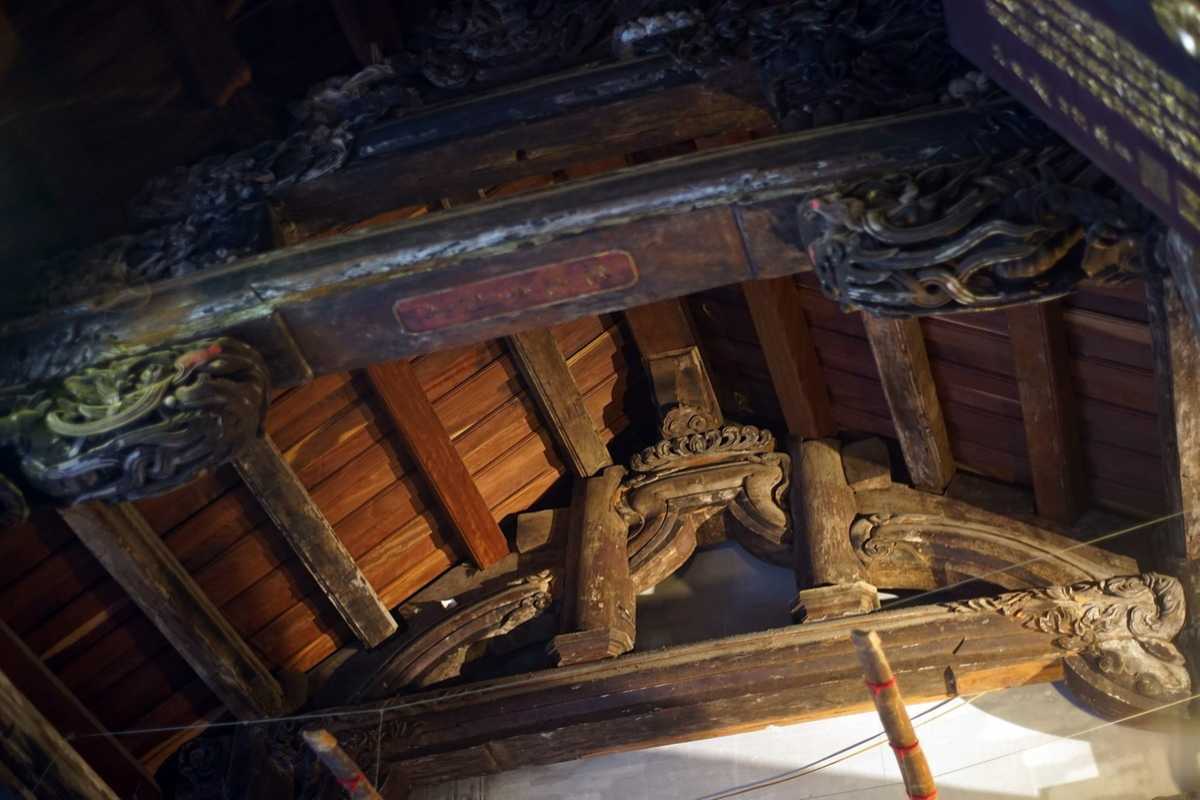
Photography Tips and Recommended Spots
Capturing the beauty of Quan Thanh Temple is rewarding for photography enthusiasts. To get the best shots, consider visiting during early morning or late afternoon when the light casts soft shadows. Key spots include the main shrine with the bronze statue, the temple’s carved wood panels, and the tranquil gardens surrounding the complex. Using a wide-angle lens helps capture the grandeur of the temple architecture, while close-up shots can highlight intricate details.
Follow these photography tips at Quan Thanh Temple to preserve your memories in stunning images.
Bring your camera and explore the temple’s most photogenic corners for a memorable visit.
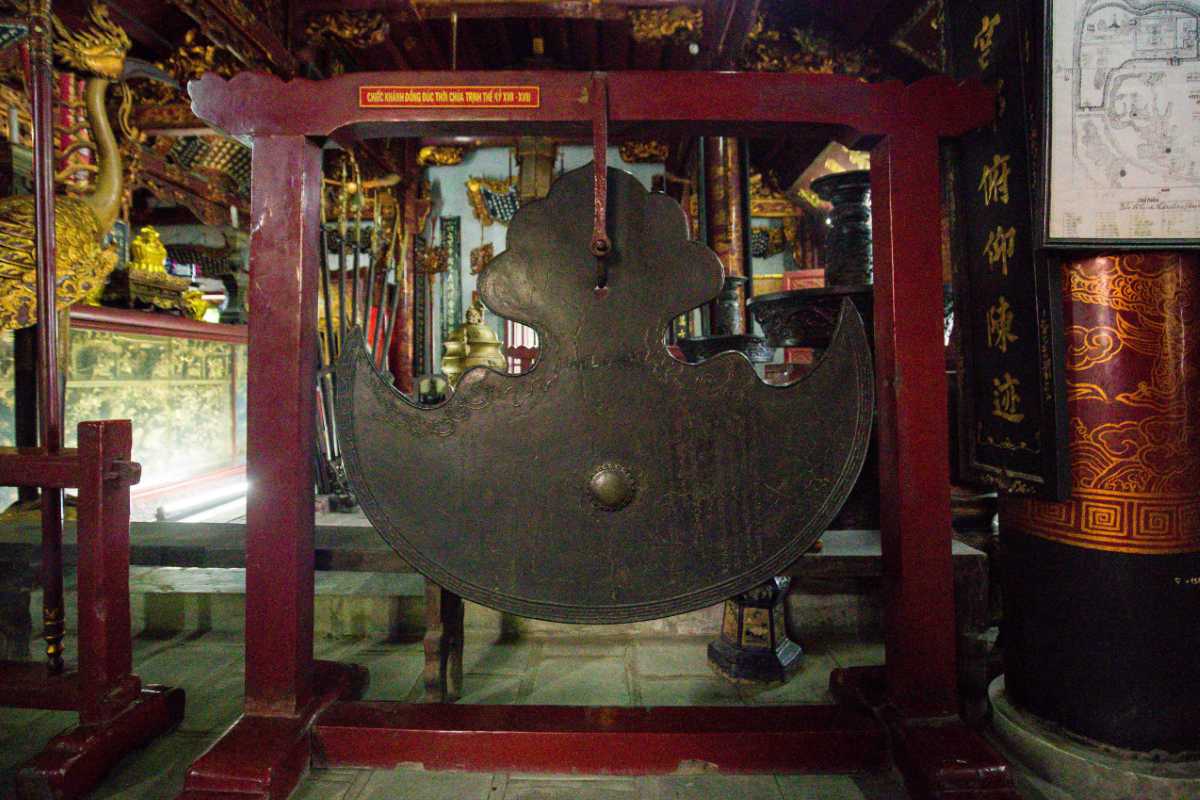
Participating in Festivals and Special Events
Quan Thanh Temple hosts vibrant festivals and special events that celebrate its rich cultural heritage. These occasions, often aligned with the lunar calendar, provide visitors with a chance to witness traditional ceremonies and local customs in an immersive setting. The temple’s festivals attract both worshippers and tourists, highlighting the spiritual significance and community spirit surrounding this historic site. Planning your visit around these events can offer a deeper, more meaningful experience of Hanoi’s cultural life.
Experience the cultural vibrancy of Quan Thanh Temple by attending its renowned festivals and events.
Annual Temple Festival in the Lunar Calendar
The main annual festival at Quan Thanh Temple occurs on the first day of the third lunar month. This event draws large crowds who come to honor Tran Vu, the temple’s guardian deity. The festival features traditional music, lion dances, and ceremonial offerings that celebrate the temple’s spiritual legacy and the community’s cultural identity. It is an important occasion for locals and visitors to engage with authentic Vietnamese religious practices.
Participate in or observe the annual temple festival to connect deeply with the cultural heritage of Quan Thanh Temple.
Lunar New Year and Other Cultural Celebrations
Besides the annual temple festival, Quan Thanh Temple is also a focal point during the Lunar New Year (Tet) celebrations. During this period, the temple hosts special ceremonies and rituals welcoming the new year, promoting blessings, and fostering community unity. Other cultural celebrations occur throughout the year, marked by offerings, prayers, and public participation, reflecting the temple’s ongoing role in the spiritual life of Hanoi.
Join in the Lunar New Year festivities at Quan Thanh Temple to experience Vietnamese traditions in full expression.
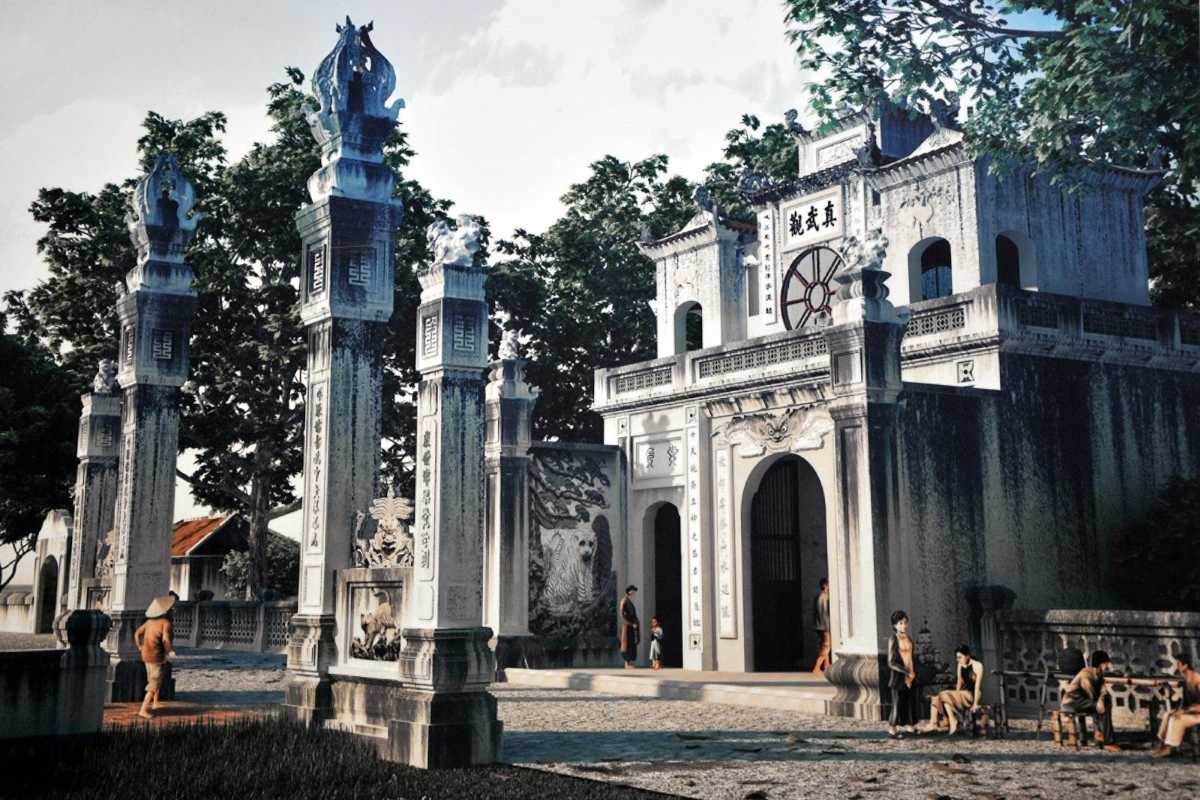
Surrounding Attractions and Activities Near Quan Thanh Temple
While visiting Quan Thanh Temple, you can also explore several nearby attractions and activities that enrich your experience of Hanoi. The temple’s location in Ba Dinh District places you close to West Lake (Hồ Tây), Tran Quoc Pagoda, local markets, and vibrant street food scenes. These spots offer scenic walks, cultural insights, and delicious dining options that complement your temple visit. Planning a fuller itinerary around these destinations allows you to experience a broad spectrum of Hanoi’s charm.
Expand your visit by discovering the diverse attractions surrounding Quan Thanh Temple for a richer Hanoi journey.
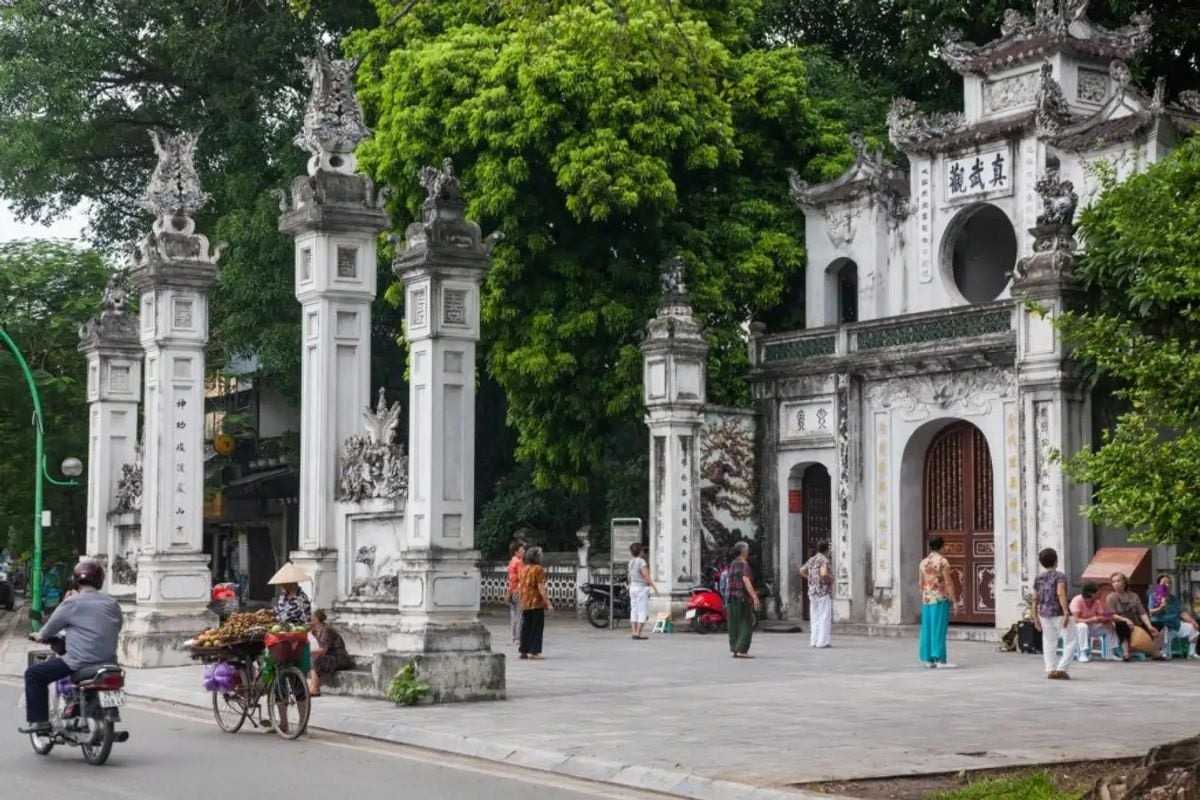
West Lake (Hồ Tây) Exploration
West Lake (Hồ Tây) is the largest lake in Hanoi and a peaceful retreat close to Quan Thanh Temple. It offers walking and cycling paths where you can enjoy fresh air and scenic views. The lakeside area is dotted with quaint cafes and restaurants, making it an ideal spot to relax after your temple visit. Whether you choose a leisurely stroll or a bike ride, West Lake provides a refreshing contrast to the city’s bustle.
Discover the outdoor leisure opportunities around West Lake Hanoi activities to complement your cultural exploration.
Plan your visit to include lakeside walks or cycling near Quan Thanh Temple for a balanced Hanoi experience.
Walking and Cycling Paths Around the Lake
For active visitors, West Lake offers several well-maintained paths:
- Thanh Nien Road: Popular for walking and jogging along the lakeshore
- Cycling Path around West Lake: Approximately 17 kilometers, ideal for scenic bike rides
- Quiet Side Streets: Offer peaceful routes shaded by trees
These routes provide safe and scenic options to enjoy Hanoi’s natural beauty.
Include walking or cycling around West Lake as part of your day near Quan Thanh Temple.
Lakeside Cafes and Restaurants
Relax and savor local flavors at these lakeside dining spots near West Lake:
- Xuan Dieu Street Cafes: Trendy cafes offering coffee and light meals
- Quang Ba Flower Market Area: Nearby eateries serving fresh Vietnamese dishes
- West Lake Waterfront Restaurants: Scenic venues specializing in seafood and traditional cuisine
These places are perfect for unwinding and enjoying Hanoi’s culinary delights after visiting Quan Thanh Temple.
Enjoy a meal or coffee with a view as you explore the area around Quan Thanh Temple and West Lake.
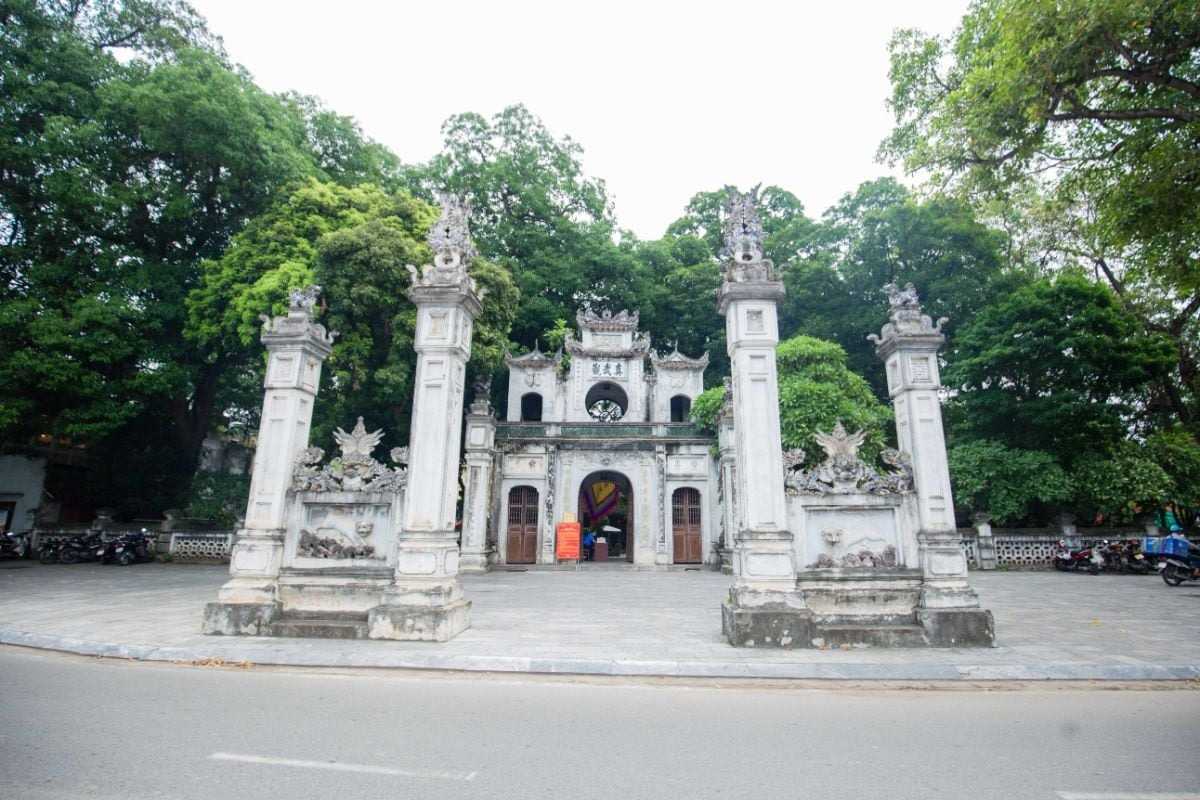
Tran Quoc Pagoda Visit
Located near Quan Thanh Temple, Tran Quoc Pagoda is the oldest Buddhist pagoda in Hanoi and a significant spiritual landmark. Dating back over 1,500 years, it reflects the deep-rooted Buddhist heritage of Vietnam. The pagoda’s lakeside setting offers tranquil views and a peaceful atmosphere, making it an essential stop for visitors seeking cultural and religious insight. Combining a visit to Tran Quoc Pagoda with Quan Thanh Temple allows you to experience two contrasting yet complementary spiritual traditions in one trip.
Include Tran Quoc Pagoda on your itinerary to explore the rich Buddhist history alongside Quan Thanh Temple.
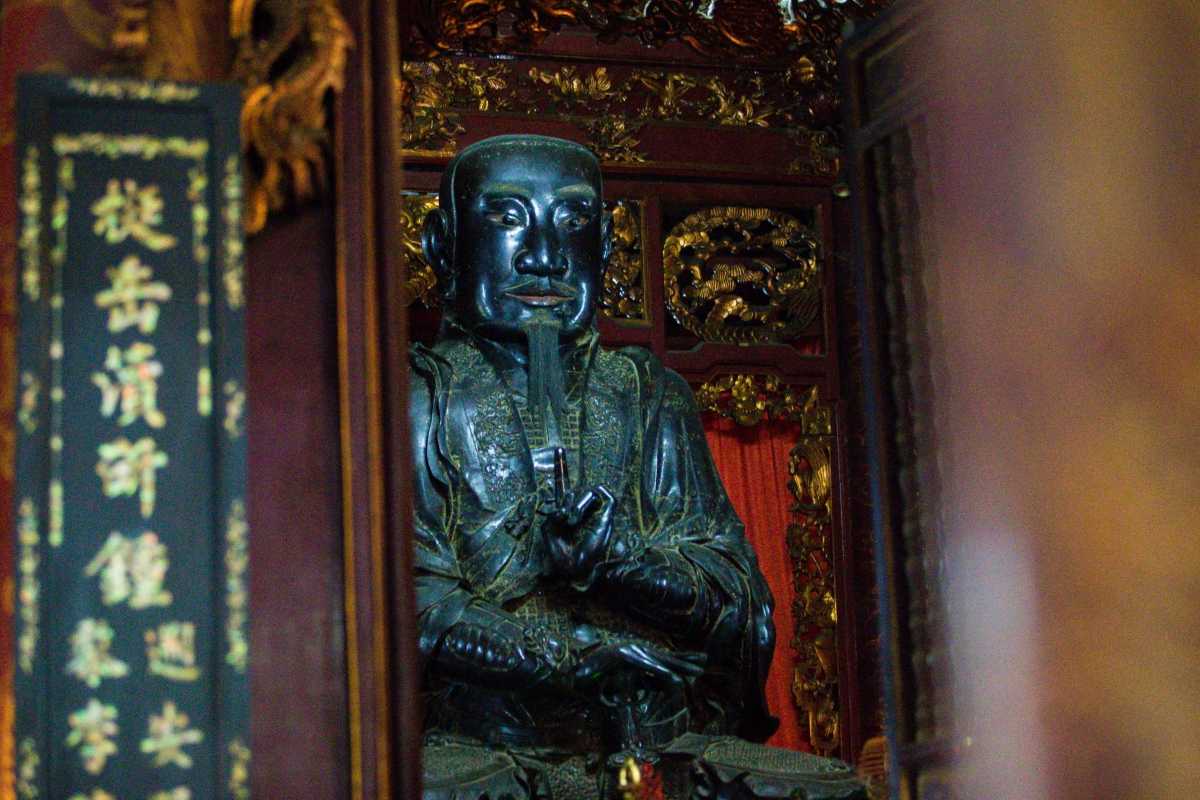
Ba Dinh District Cultural Highlights
The Ba Dinh District surrounding Quan Thanh Temple is rich in cultural attractions and traditional Vietnamese heritage. Key highlights include:
- The Ho Chi Minh Mausoleum, a significant historical site
- The Presidential Palace and gardens showcasing colonial architecture
- Local theaters and galleries presenting traditional arts and performances
These sites contribute to the district’s reputation as a cultural hub and offer diverse experiences beyond temple visits.
Explore Ba Dinh District to broaden your understanding of Hanoi’s cultural landscape.
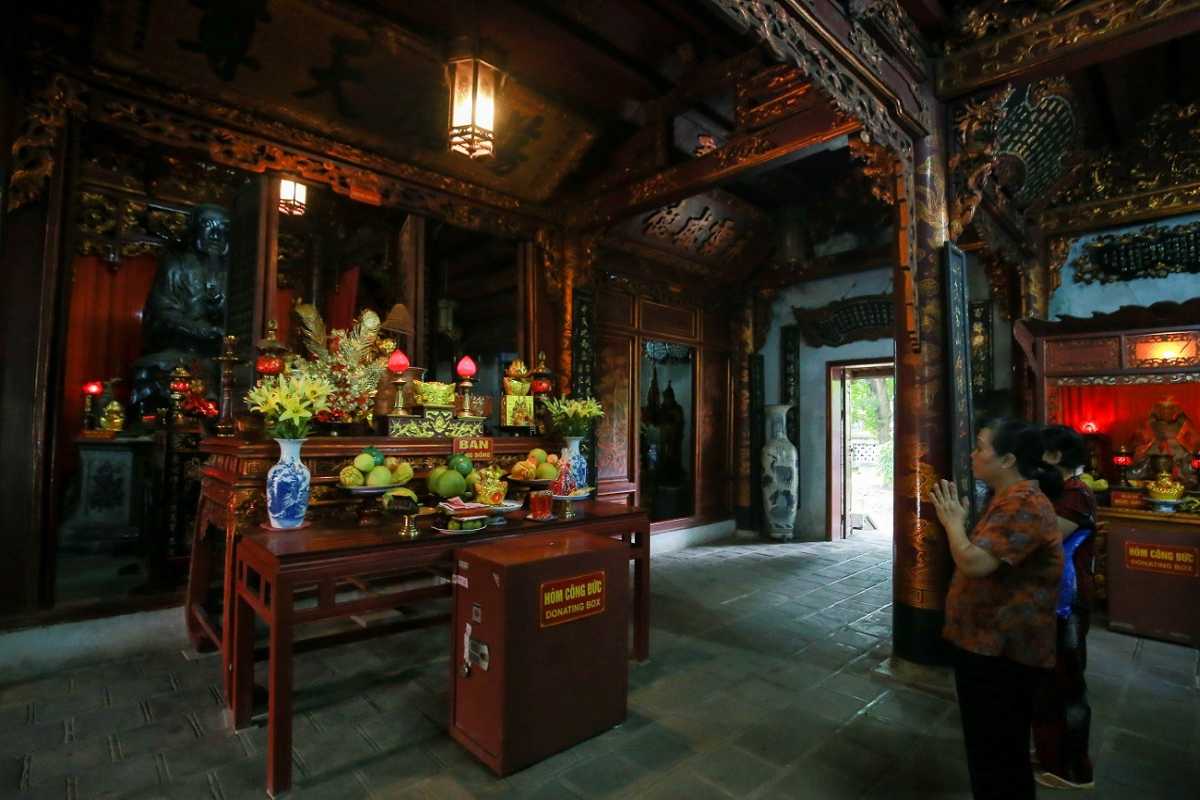
Local Markets and Dining Experiences
The area near Quan Thanh Temple is vibrant with local markets and authentic dining opportunities. Visitors can sample popular Vietnamese street foods and browse stalls selling handicrafts and souvenirs. This blend of culinary and shopping experiences offers a taste of everyday life in Hanoi.
Try traditional dishes like pho, banh mi, and fresh spring rolls at nearby street vendors and eateries.
Combine your temple visit with stops at these lively markets to enjoy the flavors and crafts of Hanoi.
Nearby Street Food Options
For a genuine taste of Hanoi’s street food scene near Quan Thanh Temple, consider these popular options:
- Pho Gia Truyen: Famous for authentic Vietnamese noodle soup
- Bun Cha Huong Lien: Known for grilled pork and dipping sauce
- Banh Mi 25: Offers classic Vietnamese sandwiches
These stalls provide affordable and delicious meals for travelers eager to sample local flavors.
Don’t miss these street food delights during your visit to Quan Thanh Temple.
Weekend Night Market at Hoan Kiem Lake
Just a short distance from Quan Thanh Temple, the weekend night market at Hoan Kiem Lake is a bustling cultural hotspot. Open on Friday to Sunday evenings, the market features:
- Handicrafts and souvenirs perfect for gifts
- Street performances showcasing traditional music and dance
- Food stalls offering diverse Vietnamese snacks
This vibrant market offers a festive atmosphere for evening exploration and shopping.
Plan to visit the Hoan Kiem Lake night market for a lively cultural experience after your temple tour.
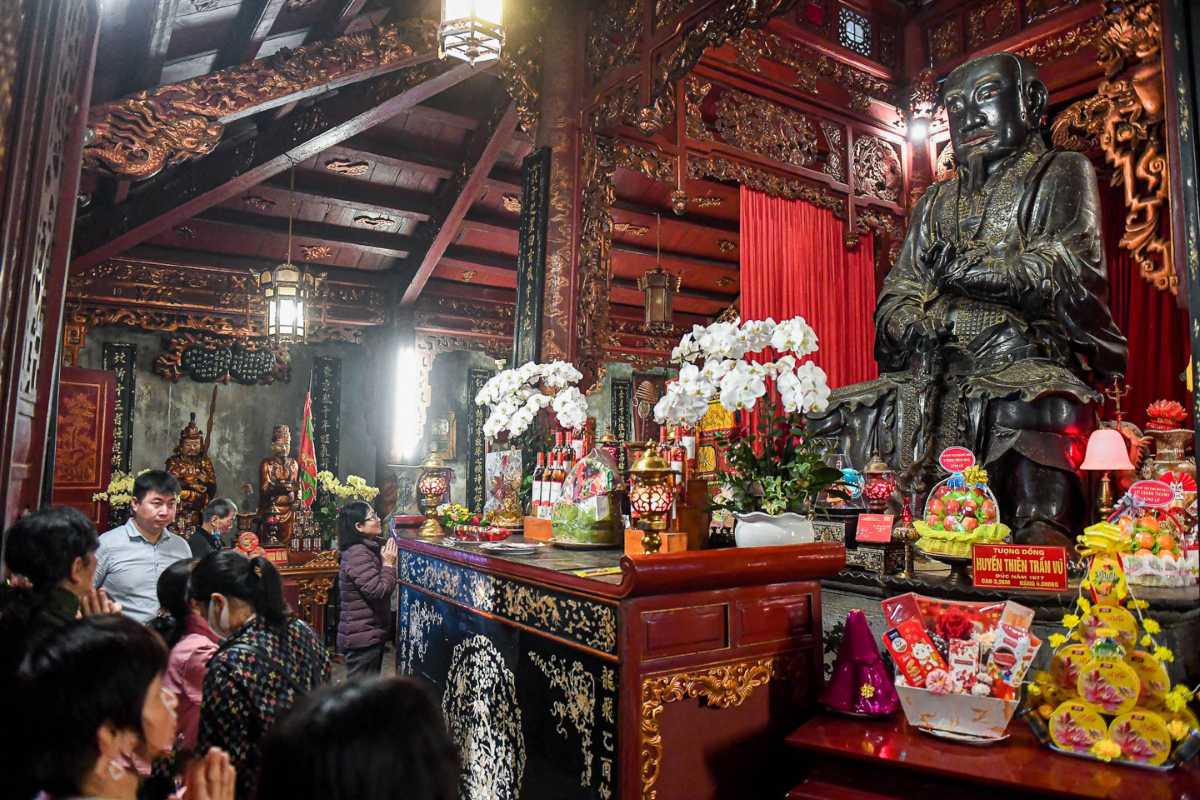
Conservation and Cultural Preservation Efforts
Quan Thanh Temple is not only a spiritual and cultural landmark but also a precious heritage site requiring ongoing preservation. Efforts to maintain its historical integrity and promote sustainable tourism are vital for ensuring that future generations can appreciate this treasure. Visitors play an important role in supporting these conservation initiatives by practicing respectful behavior and choosing eco-friendly travel options. Understanding how preservation and sustainable tourism work together helps you engage responsibly with the temple’s legacy.
Support the ongoing preservation of Quan Thanh Temple by learning about conservation efforts and responsible tourism.
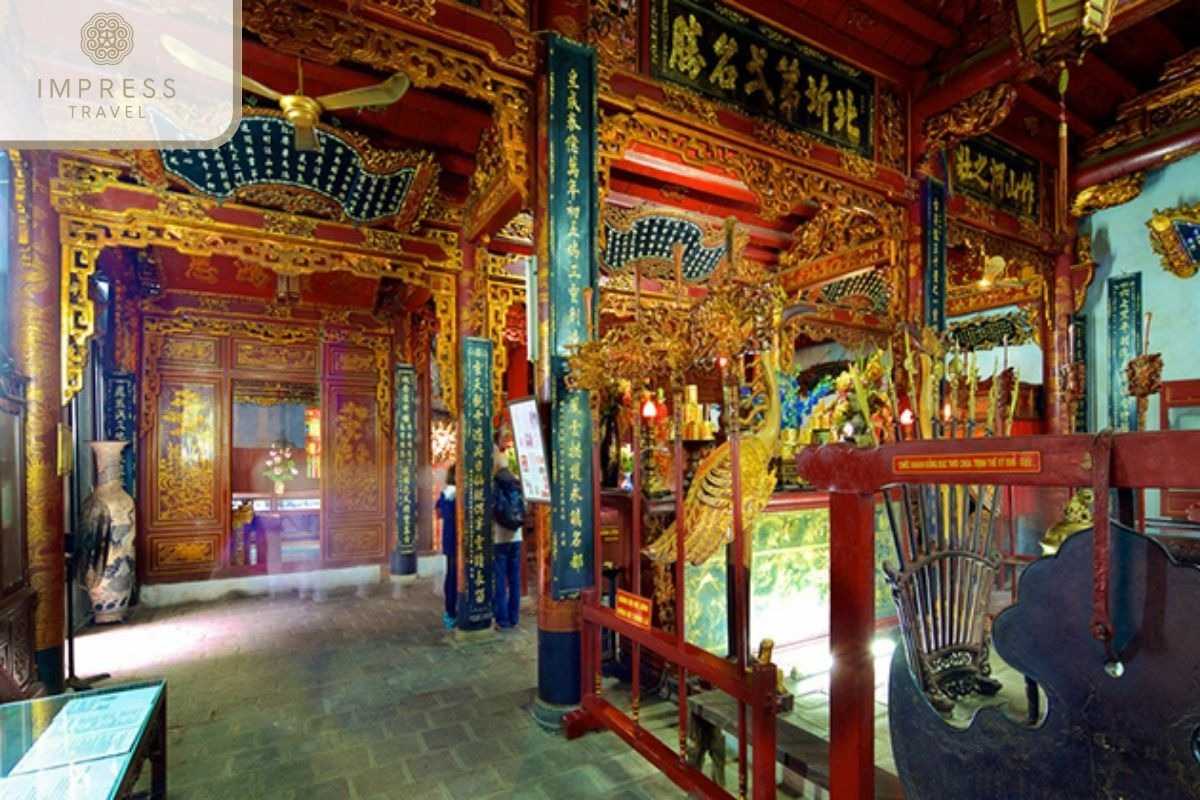
Government and Local Initiatives for Temple Preservation
Official programs and local community efforts have been instrumental in preserving Quan Thanh Temple. Key initiatives include:
- Restoration projects funded by cultural heritage organizations
- Regular maintenance coordinated by Hanoi’s Department of Culture
- Community-led awareness campaigns to protect temple structures
These efforts ensure the temple remains structurally sound and culturally authentic for both worshippers and tourists.
Stay informed about the heritage protection measures supporting Quan Thanh Temple during your visit.
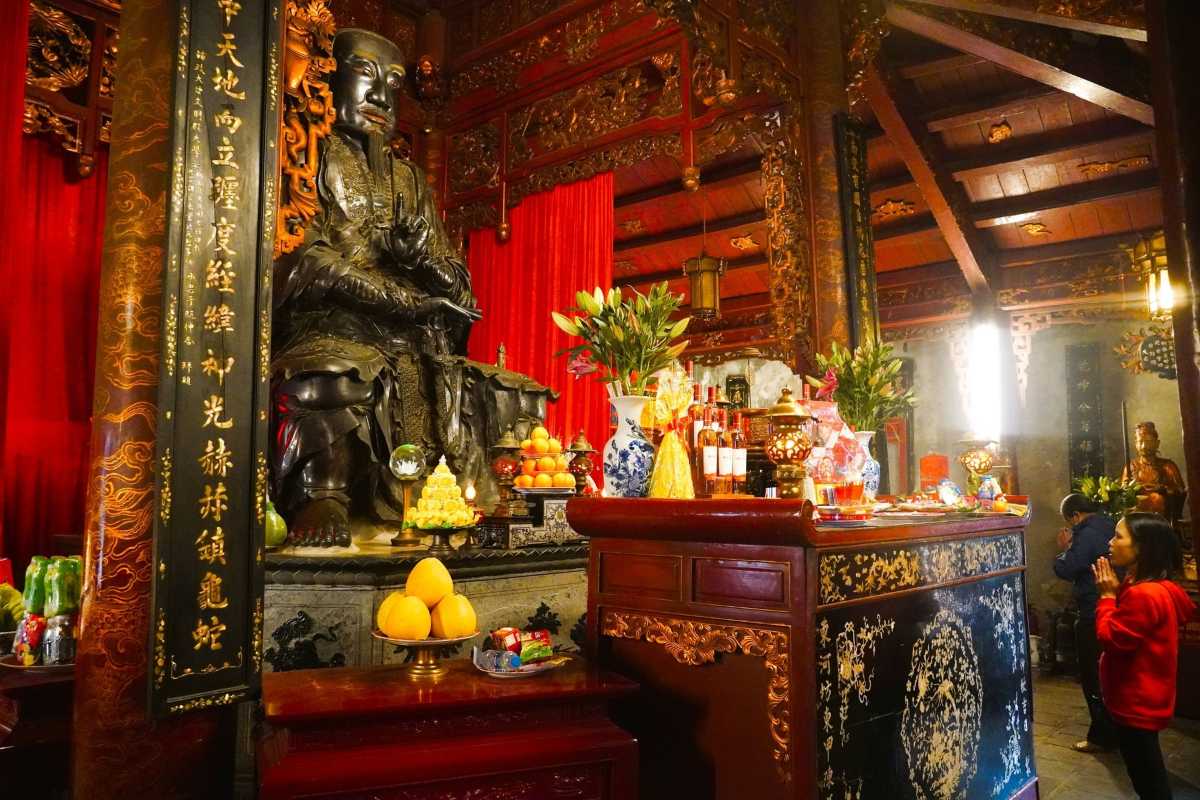
Sustainable Tourism Practices Around Quan Thanh Temple
Tourism near Quan Thanh Temple increasingly emphasizes sustainability to minimize environmental impact and preserve local culture. Recommended practices include:
- Using public transport or walking to reduce carbon footprint
- Respecting temple rules and local customs
- Supporting community-based tourism initiatives that benefit local residents
These approaches help maintain the temple’s environment and promote responsible travel in Hanoi.
Adopt eco-friendly habits when visiting Quan Thanh Temple to contribute to sustainable tourism.
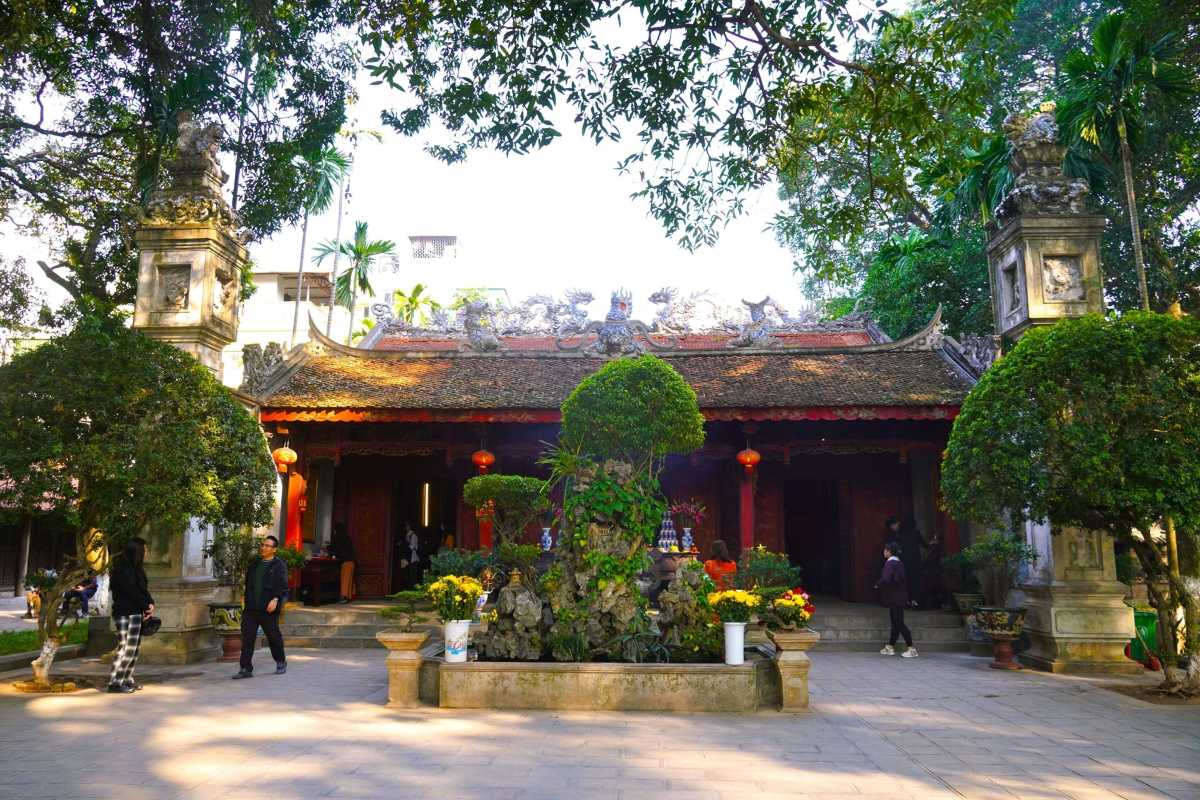
Encouraging Respectful Visitor Behavior and Ritual Integrity
Visitors to Quan Thanh Temple are encouraged to observe respectful behavior to preserve its spiritual atmosphere:
- Dress modestly and remove hats inside the temple
- Speak quietly and avoid disruptive behavior
- Follow local customs during rituals and ceremonies
- Avoid touching sacred objects unless permitted
Respectful conduct honors the temple’s traditions and enhances your cultural experience.
Prepare to engage thoughtfully at Quan Thanh Temple by following these visitor guidelines.

Tips and Recommendations for Visitors
Visiting Quan Thanh Temple is a rewarding experience, and proper planning can make it even better. This section offers practical advice on suggested itineraries, optimal visiting times, dress code, etiquette, and safety precautions. By following these tips, you can enjoy your visit while respecting cultural norms and ensuring a smooth, safe journey through Hanoi’s spiritual heritage.
Use these recommendations to plan your visit to Quan Thanh Temple thoughtfully and respectfully.

Suggested Itineraries Including Quan Thanh Temple
Planning your trip with a clear itinerary helps maximize your time around Quan Thanh Temple and nearby sites. Here are a few options:
- Half-Day Tour: Visit Quan Thanh Temple, stroll around West Lake, and explore Tran Quoc Pagoda
- Full-Day Tour: Include Ba Dinh District cultural highlights, local markets, and the Hoan Kiem Lake night market
These flexible itineraries help you balance cultural, historical, and culinary experiences in Hanoi.
Organize your travel schedule with these suggested itineraries to enjoy Quan Thanh Temple and its surroundings.

Best Times and Days to Avoid Crowds
To enjoy a peaceful visit to Quan Thanh Temple, consider these timing tips:
- Visit early mornings on weekdays for fewer visitors
- Avoid national holidays and festival dates when crowds peak
- Dry season (October to April) offers comfortable weather and clearer skies
Timing your visit thoughtfully enhances your experience and allows for better cultural immersion.
Plan your visit to Quan Thanh Temple during these optimal times for a more tranquil experience.

Dress Code and Etiquette Inside the Temple
Respecting local customs is essential when visiting Quan Thanh Temple. Observe these guidelines:
- Dress modestly; avoid shorts and sleeveless tops
- Remove hats and sunglasses inside the temple
- Speak softly and avoid loud conversations
- Follow signs and instructions, especially during rituals
Adhering to the dress code and etiquette honors the temple’s sacred atmosphere.
Ensure your visit to Quan Thanh Temple reflects cultural sensitivity by following these etiquette tips.

Combining Temple Visits with Other Hanoi Attractions
Maximize your Hanoi trip by pairing Quan Thanh Temple with nearby attractions:
- Tran Quoc Pagoda: Hanoi’s oldest Buddhist temple
- West Lake: Scenic spot with cafes and cycling paths
- Ba Dinh District: Historical sites and museums
These combinations create a diverse cultural itinerary and showcase Hanoi’s heritage.
Discover other attractions near Quan Thanh Temple to enrich your Hanoi itinerary.
Time Management for a Half-Day or Full-Day Tour
Efficiently plan your visit with these time management tips:
- Half-Day Tour: Spend 1-2 hours at Quan Thanh Temple, then visit West Lake and Tran Quoc Pagoda
- Full-Day Tour: Add Ba Dinh District cultural sites and evening at Hoan Kiem Lake night market
These suggestions help you pace your day without feeling rushed.
Optimize your visit schedule to make the most of your time around Quan Thanh Temple.

Safety and Health Precautions for Travelers
To ensure a safe and healthy visit to Quan Thanh Temple and Hanoi, consider these precautions:
- Stay hydrated and carry water, especially in warmer months
- Use sunscreen and wear comfortable walking shoes
- Be aware of your surroundings and secure belongings
- Follow local health guidelines and seek medical help if needed
Being prepared helps you enjoy a worry-free cultural experience.
Prioritize your safety during your visit to Quan Thanh Temple with these essential tips.

Conclusion
Visiting Quan Thanh Temple offers a unique window into Hanoi’s rich cultural and spiritual heritage. As one of the city’s most important religious landmarks, it invites you to explore centuries of history, artistry, and living traditions. Including Quan Thanh Temple in your Hanoi itinerary ensures a meaningful connection with Vietnam’s enduring cultural identity. We encourage you to embrace the heritage and experiences that await at this remarkable site.
Make Quan Thanh Temple a highlight of your travel plans and immerse yourself in the cultural tapestry of Hanoi.

Summary of Why Quan Thanh Temple Is a Must-Visit
Quan Thanh Temple stands out for several reasons:
- Its rich historical significance dating back to the Ly Dynasty
- The impressive bronze statue of Tran Vu and exquisite temple architecture
- Active participation in cultural festivals and authentic religious rituals
- Its location amidst other notable Hanoi landmarks, offering a holistic cultural experience
These features make it a must-visit destination for travelers interested in history, spirituality, and Vietnamese culture.
Remember Quan Thanh Temple as a cultural treasure not to be missed in Hanoi.

Final Travel Advice and Encouragement to Explore Hanoi’s Heritage
Beyond Quan Thanh Temple, Hanoi offers a vibrant cultural landscape waiting to be explored. Take time to visit nearby landmarks, engage with local traditions, and savor authentic cuisine. Travel with respect for the heritage sites and communities you encounter to make your journey enriching and responsible. Let Quan Thanh Temple be your starting point for a deeper adventure into Vietnam’s capital.
Plan your next steps with confidence and embrace the full cultural richness of Hanoi.
Mike Nguyen
Travel Advisor
Mobile: +84917506881 (whatsapp available)
Email: contact@asiatravellinks.com
Faqs
Quan Thanh Temple is known for being one of the oldest and most significant Taoist temples in Hanoi. It is famous for its beautiful traditional Vietnamese architecture and the impressive bronze statue of Tran Vu, the guardian deity of the North. The temple serves as a spiritual site and a cultural landmark, attracting both worshippers and tourists interested in history and Vietnamese religious traditions.
- Established during the Ly Dynasty in the 11th century
- Houses a large, intricate bronze statue of Tran Vu
- Hosts traditional Taoist rituals and cultural festivals
- Located near West Lake (Hồ Tây), offering scenic surroundings
Visiting Quan Thanh Temple provides a unique glimpse into Vietnam’s religious heritage and architectural craftsmanship. Plan your visit to experience this iconic spiritual site.
Getting to Quan Thanh Temple is straightforward thanks to its central location in Ba Dinh District, Hanoi. Visitors can choose from various transport options based on convenience and budget.
- Public buses serve routes passing near the temple, with stops in Ba Dinh District
- Taxi and ride-hailing services like Grab and Mai Linh offer direct access
- Walking is possible from nearby areas, especially from West Lake and Tran Quoc Pagoda
- Cycling around the scenic West Lake is another popular way to reach the temple
Using public transport or ride-hailing services can save time and provide flexibility for your visit. Consider your preferences and itinerary when planning how to reach Quan Thanh Temple.
Visiting Quan Thanh Temple is free of charge for all visitors. There are no entrance fees or ticket requirements to enter the temple grounds. This accessibility encourages both locals and tourists to experience the site freely.
- No admission fee required
- Donations are welcomed but not mandatory
- Special events or festivals may have additional charges for organized activities
Enjoy your visit to Quan Thanh Temple without worrying about entry costs and focus on appreciating its cultural and spiritual offerings.
Quan Thanh Temple is open daily to the public, allowing visitors to explore the site conveniently throughout the week.
- Typical hours: Early morning around 7:00 AM to evening around 5:00 PM
- Opening hours may vary slightly during festivals or special events
- Early morning visits offer a peaceful atmosphere and fewer crowds
- Avoid peak midday hours to enjoy a quieter experience
Check local schedules before visiting to confirm exact opening times and make the most of your visit to Quan Thanh Temple.


